Renovating your home presents an exhilarating chance to rejuvenate your space and embrace the newest design trends. Here are 15 suggestions to guide you through the process of reimagining your interiors and crafting a chic, cozy atmosphere.
1. Take advantage of open floor plans
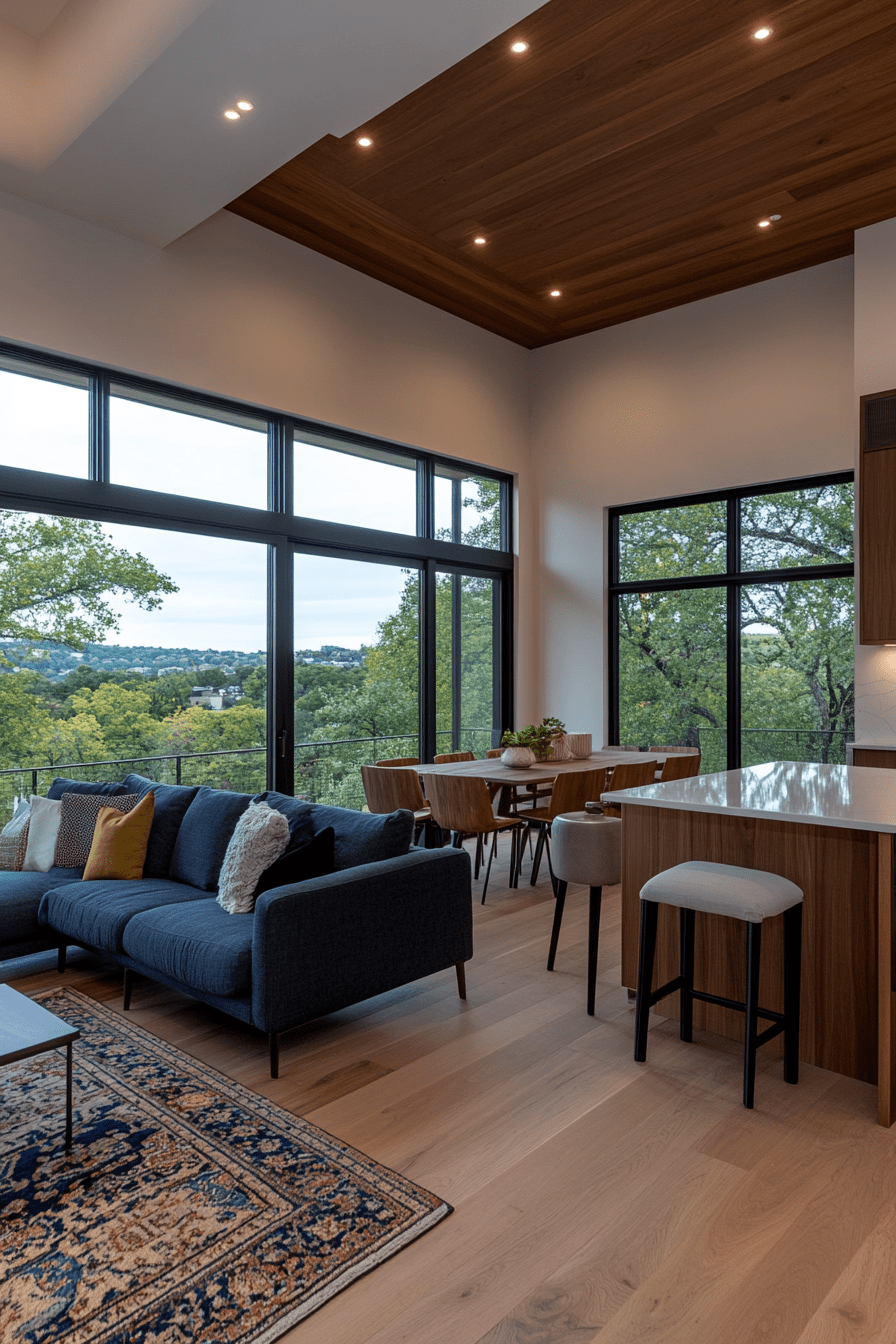
Open floor plans continue to dominate home design, providing a feeling of spaciousness and fluidity. By removing walls that separate the kitchen, dining and living areas, you create a multifunctional space that is perfect for modern living. This layout encourages better interaction between family members and guests and makes your home feel more inviting and cohesive.
To achieve an open floor plan, consider structural changes such as: B. demolishing non-load-bearing walls or installing support beams where necessary. Use consistent flooring throughout the room to reinforce the sense of continuity. Integrating similar color schemes and design elements across all areas further unifies the look.
Decorate with versatile furniture pieces that can be easily adapted to different needs and occasions. Large area rugs can help define specific zones within the open space, while strategically placed lighting fixtures highlight the unique function of each area. Incorporate storage solutions such as built-in shelves or multifunctional furniture to keep the space organized and clutter-free.
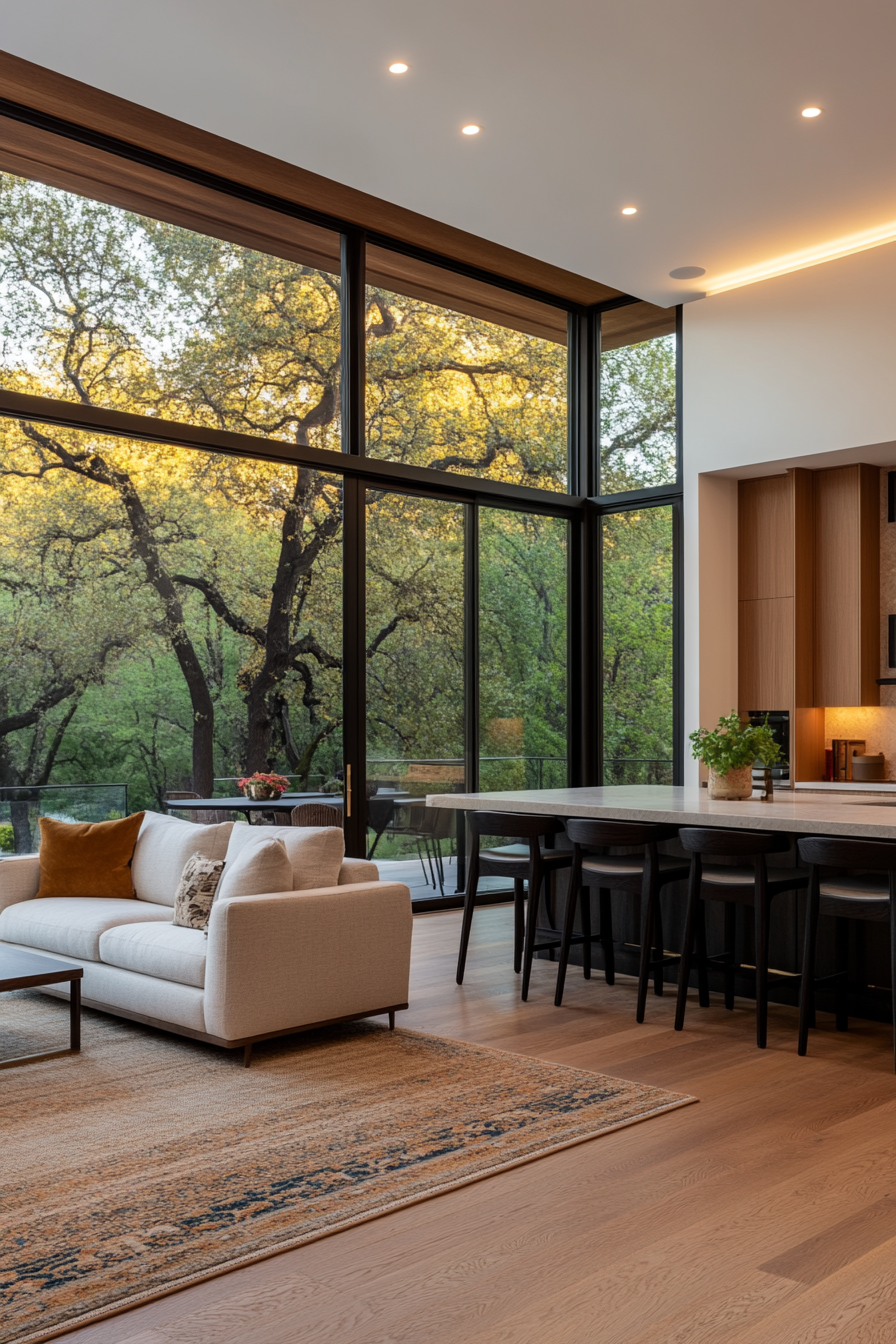
2. Incorporate sustainable materials
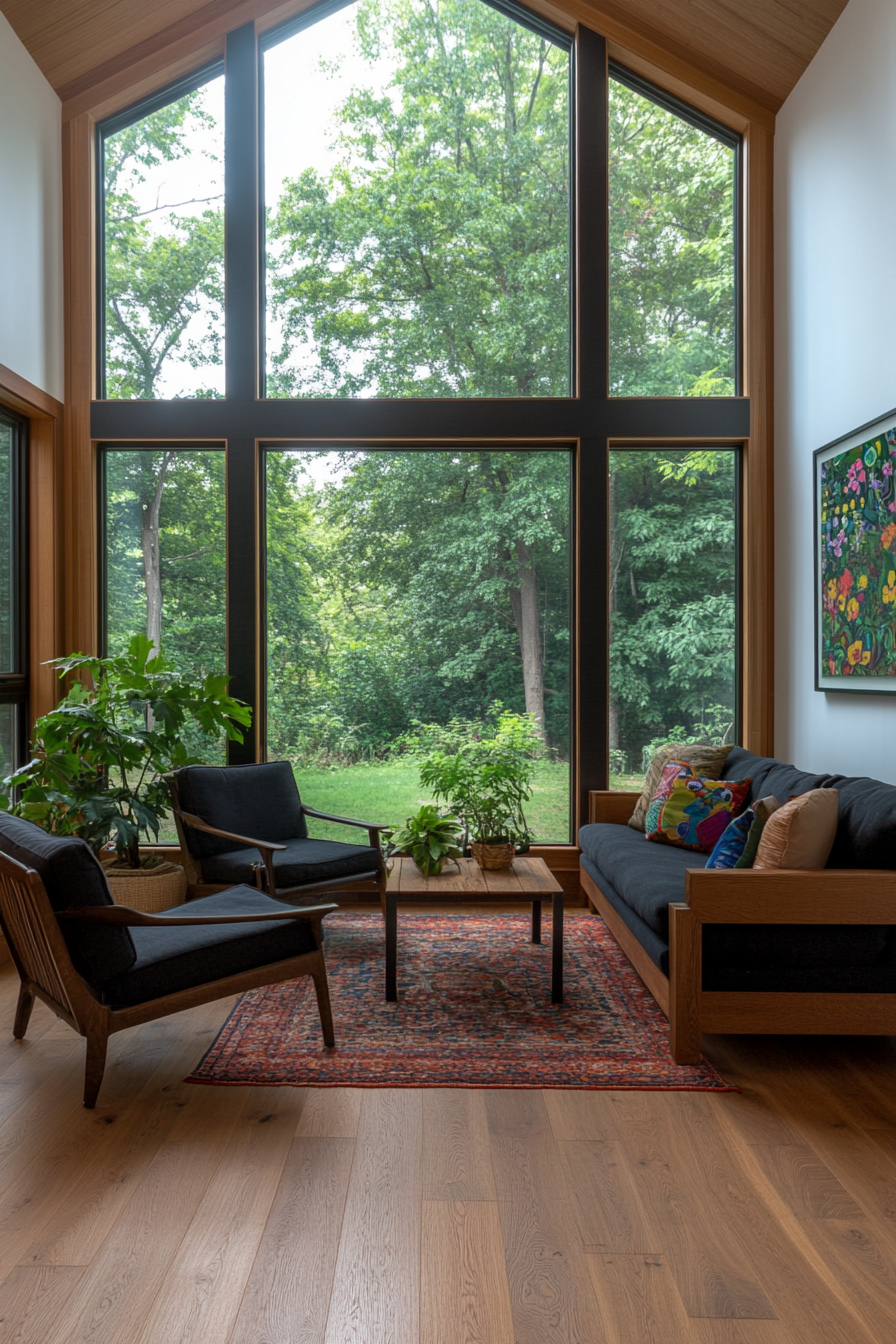
Sustainability is a key trend in interior design and focuses on eco-friendly materials and practices. When choosing flooring, furniture and finishes, opt for reclaimed wood, bamboo or recycled metal. These materials not only reduce your carbon footprint, but also add unique character and warmth to your home.
Look for products with certifications such as FSC (Forest Stewardship Council) for wood or Cradle to Cradle for various materials to ensure they meet sustainability standards. Additionally, consider using low-VOC (volatile organic compounds) paints and varnishes to improve indoor air quality and create a healthier living environment.
Beyond materials, think about energy-efficient appliances and furnishings. LED lighting, Energy Star-certified appliances, and water-saving plumbing fixtures can significantly reduce your home’s energy consumption and utility bills. Incorporate natural elements like houseplants to improve air quality and bring a touch of nature indoors.
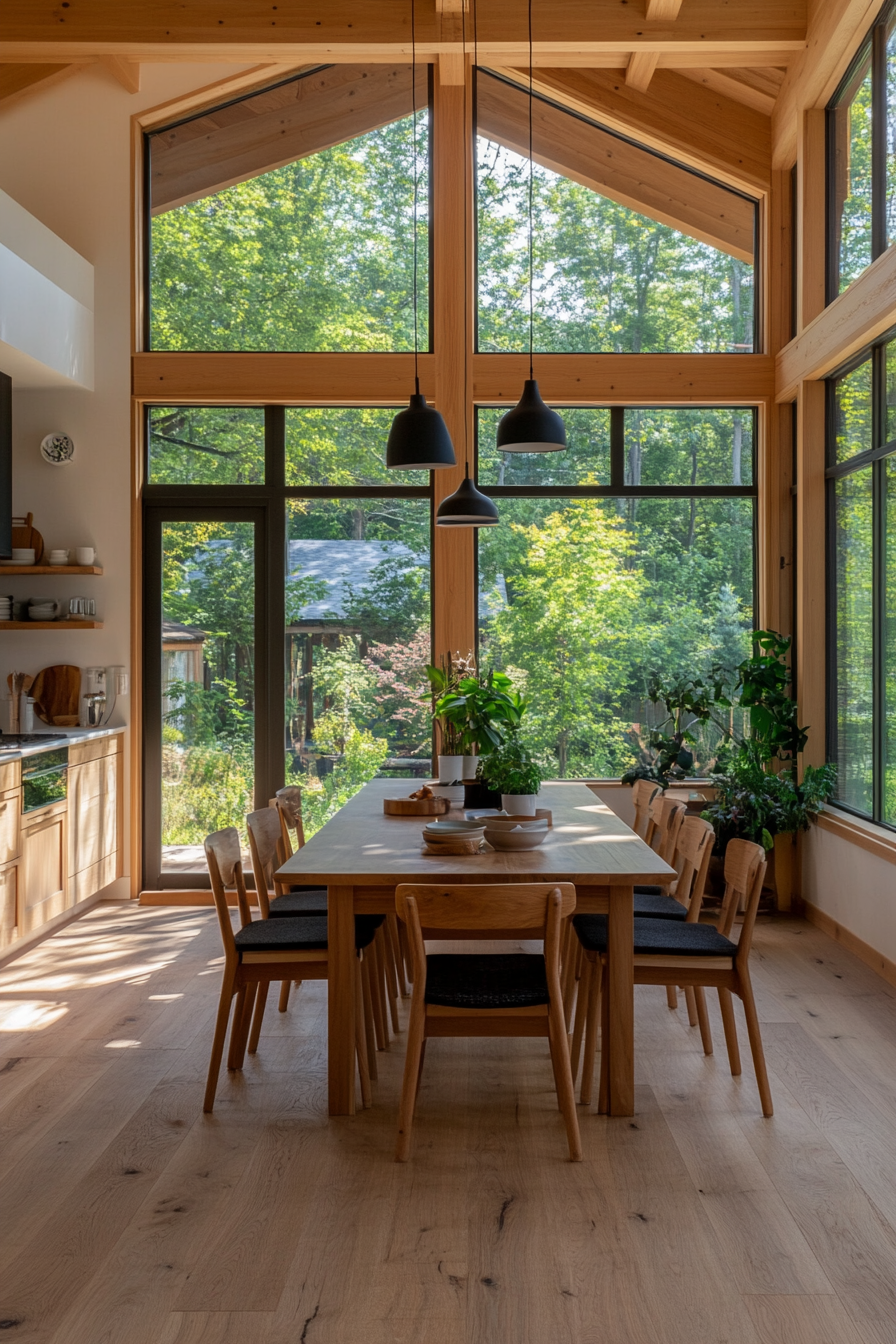
3. Add a pop of color
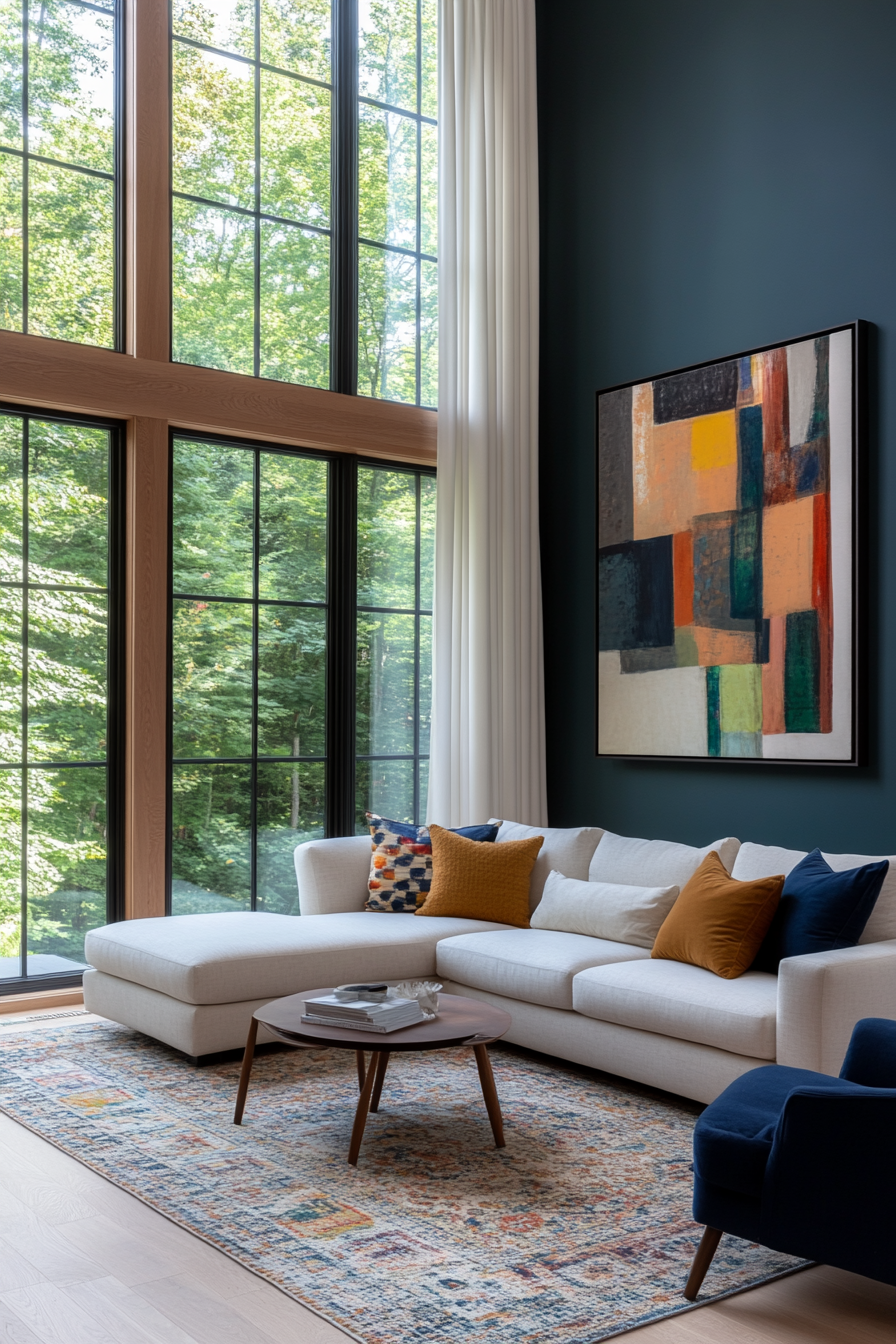
While neutral tones provide a timeless backdrop, adding a pop of color can energize your space and reflect your personality. Consider bold, vibrant hues for accent walls, furniture pieces, or decorative items to add visual interest and create a focal point in your home.
Choose a color palette that complements your existing decor. For a harmonious appearance, choose adjacent colors on the color wheel or, for a more dynamic contrast, choose complementary colors. Don’t be afraid to experiment with different shades and textures to find the perfect balance.
Incorporate colorful artwork, throw pillows, and rugs to add pops of color without having to do a major renovation. Fresh flowers and plants can also add vibrant hues to your home that change with the seasons, creating an ever-evolving look. Remember that a little color can go a long way in transforming your space.
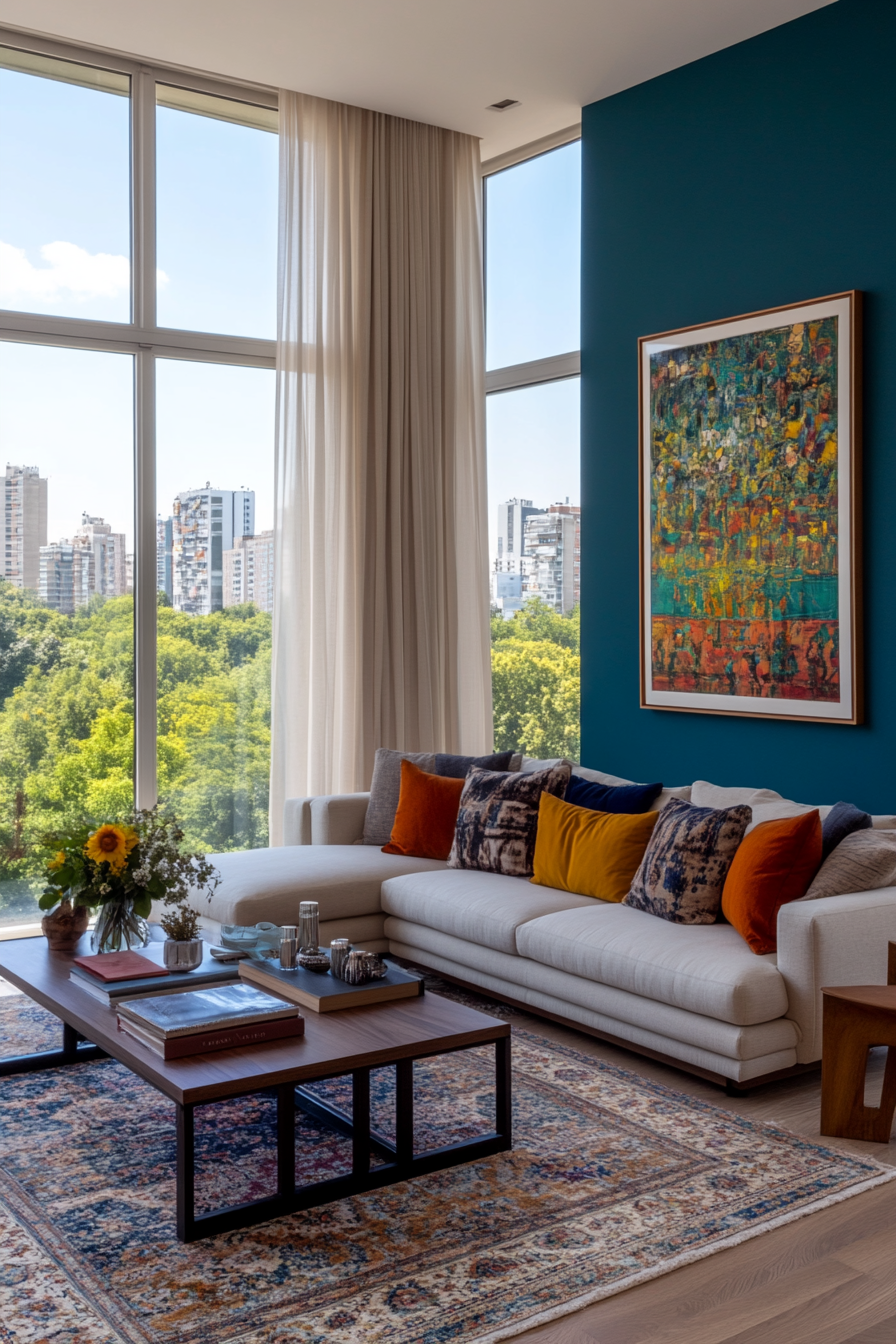
4. Mix old and new
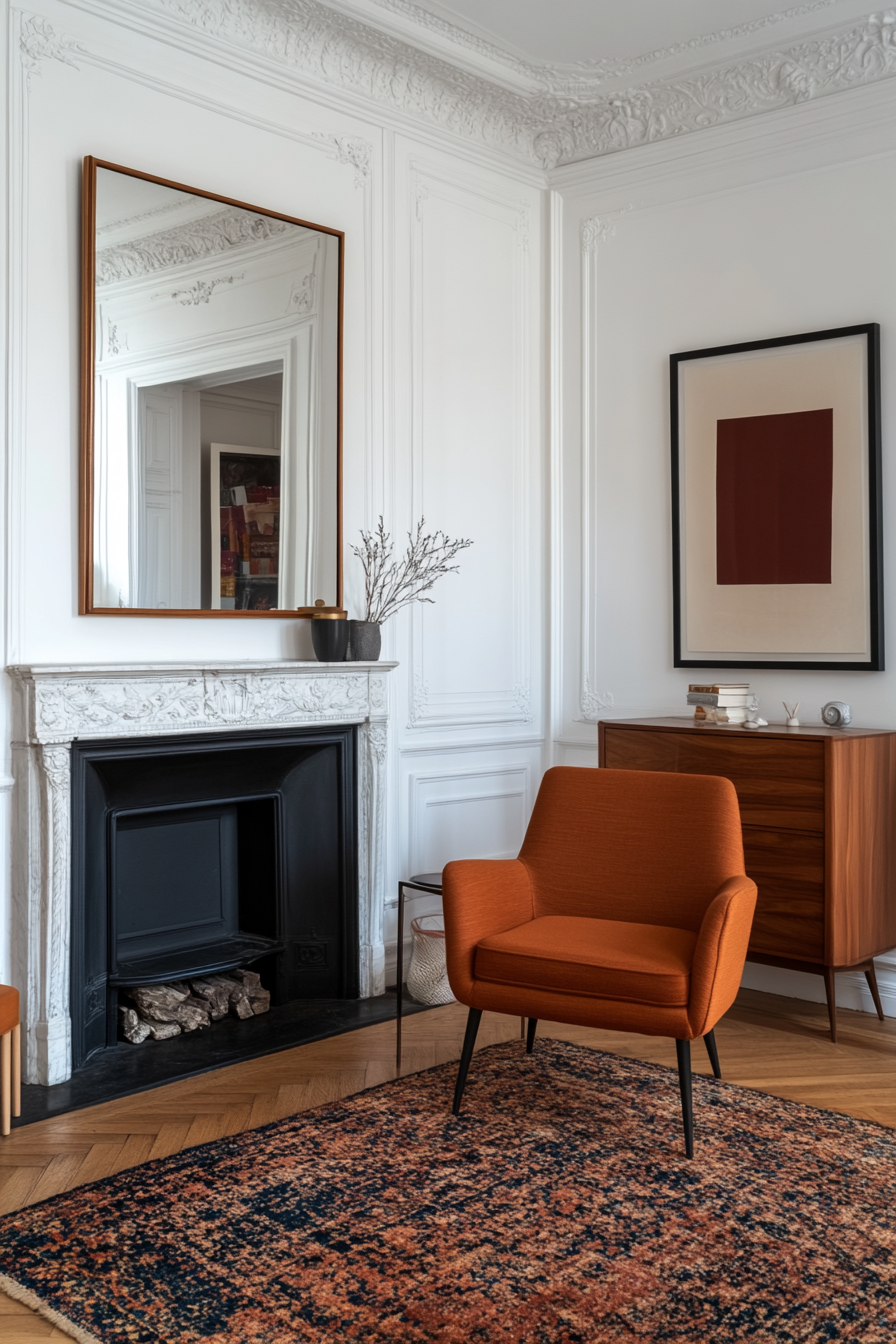
Combining vintage and contemporary elements is a trend that will add depth and character to your home. This versatile style allows you to showcase treasured heirlooms or antique finds alongside modern pieces, creating a unique and personal space.
Start by identifying the key vintage pieces you love, such as a classic armchair, an ornate mirror, or a retro lamp. Combine these items with modern furniture and decorations to create a balanced look. For example, an antique dining table can be complemented by elegant, modern chairs.
Maintain cohesion by sticking to a consistent color palette or material theme. This helps the old and new elements blend together seamlessly. Use accessories like pillows, throws, and artwork to tie different pieces together to create a harmonious and visually appealing space.
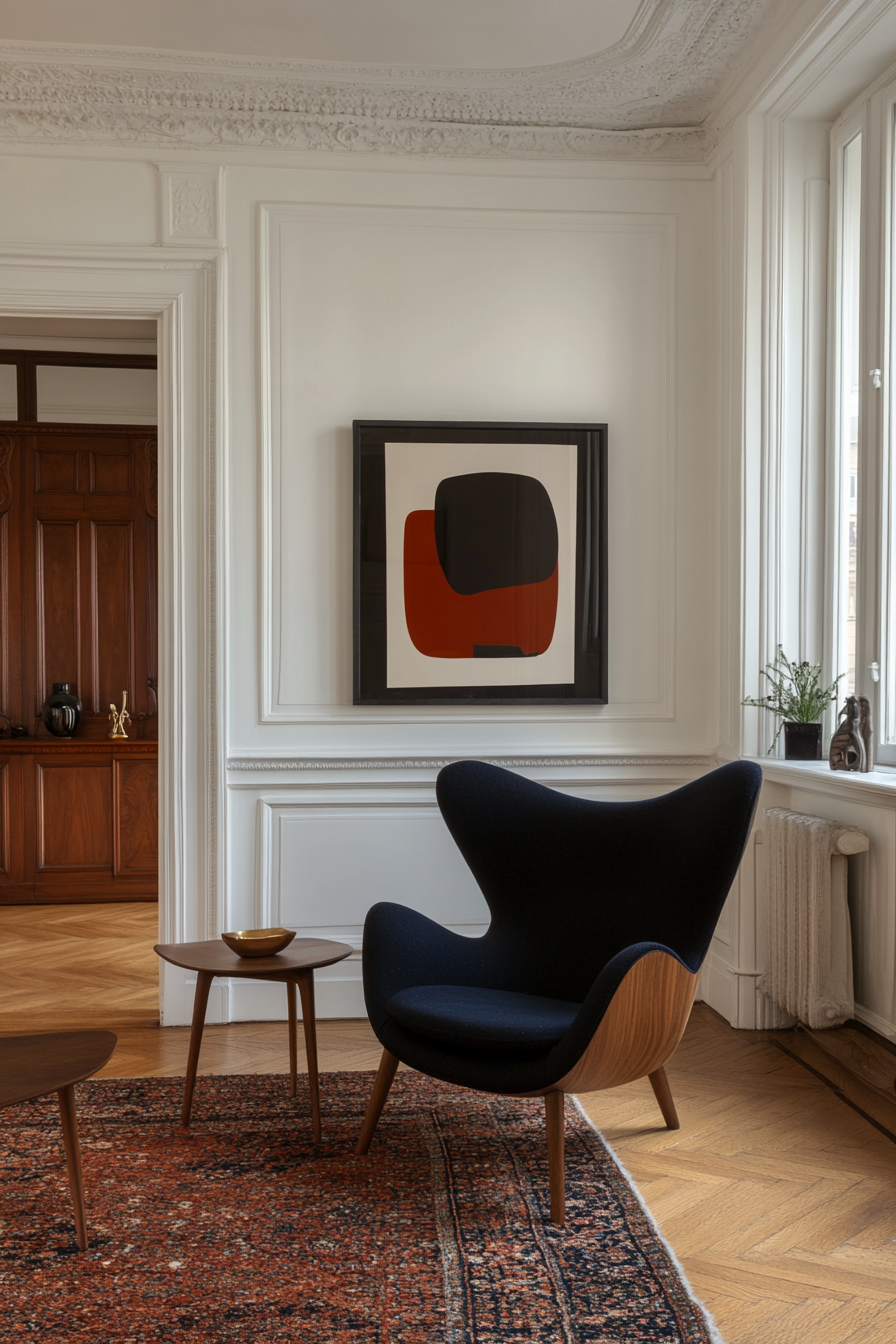
5. Focus on natural light

Maximizing natural light in your home will make it feel more spacious and inviting. Large windows, skylights and glass doors are great ways to let in natural light and create a bright, airy atmosphere. Consider your home’s orientation and window placement to optimize sunlight exposure throughout the day.
When remodeling, consider installing larger windows or replacing solid exterior doors with glass doors. Skylights can also be a great addition to areas where wall space for windows is limited. If you value privacy, use sheer curtains or frosted glass to create a light-filled space without compromising privacy.
Use light, reflective colors on walls and ceilings to enhance the effect of natural light. Mirrors can also be helpful by reflecting light in the room, making it appear larger and brighter. Position furniture and decorations so that light sources are not blocked to ensure an unobstructed flow of natural light.
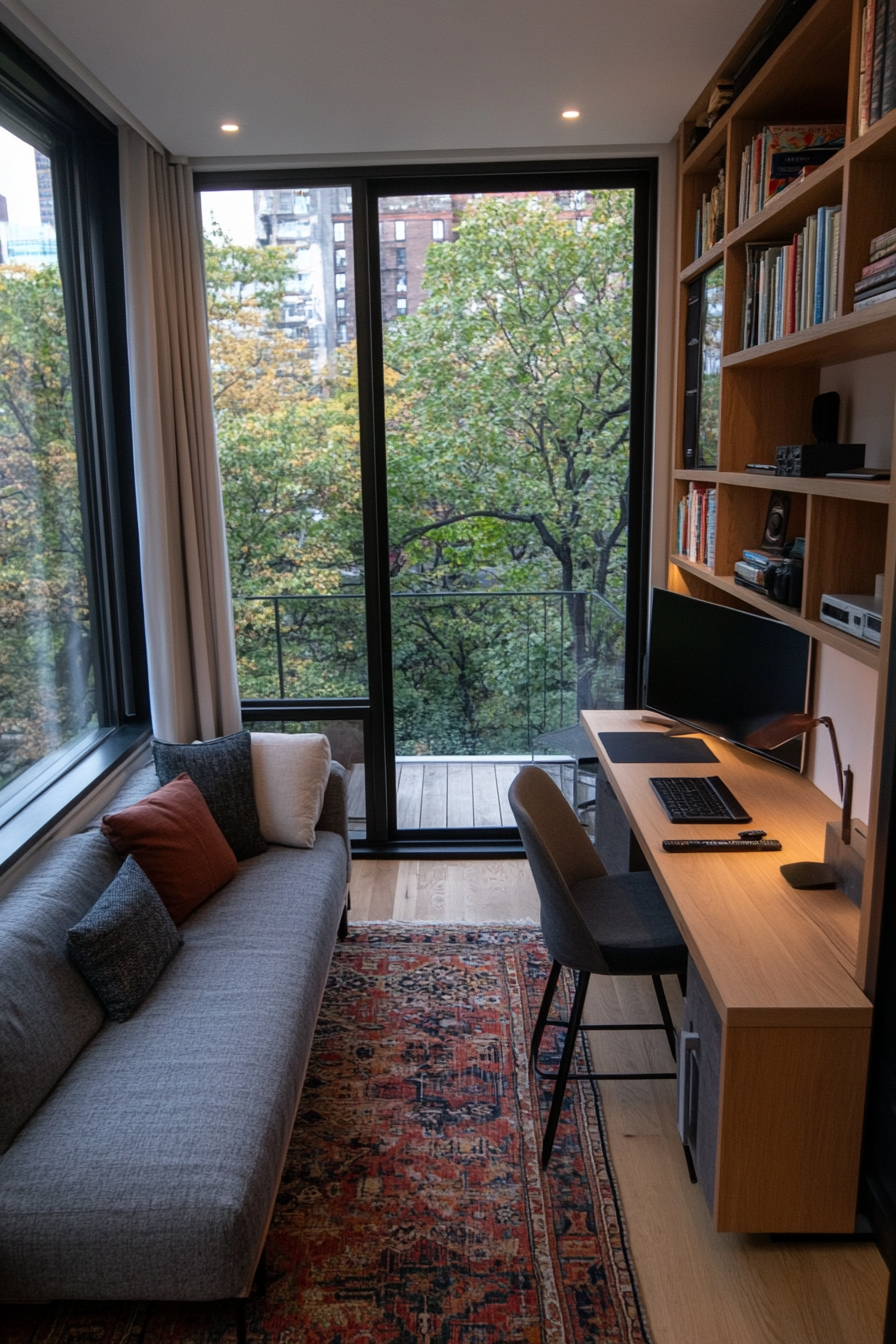
6. Create multifunctional spaces
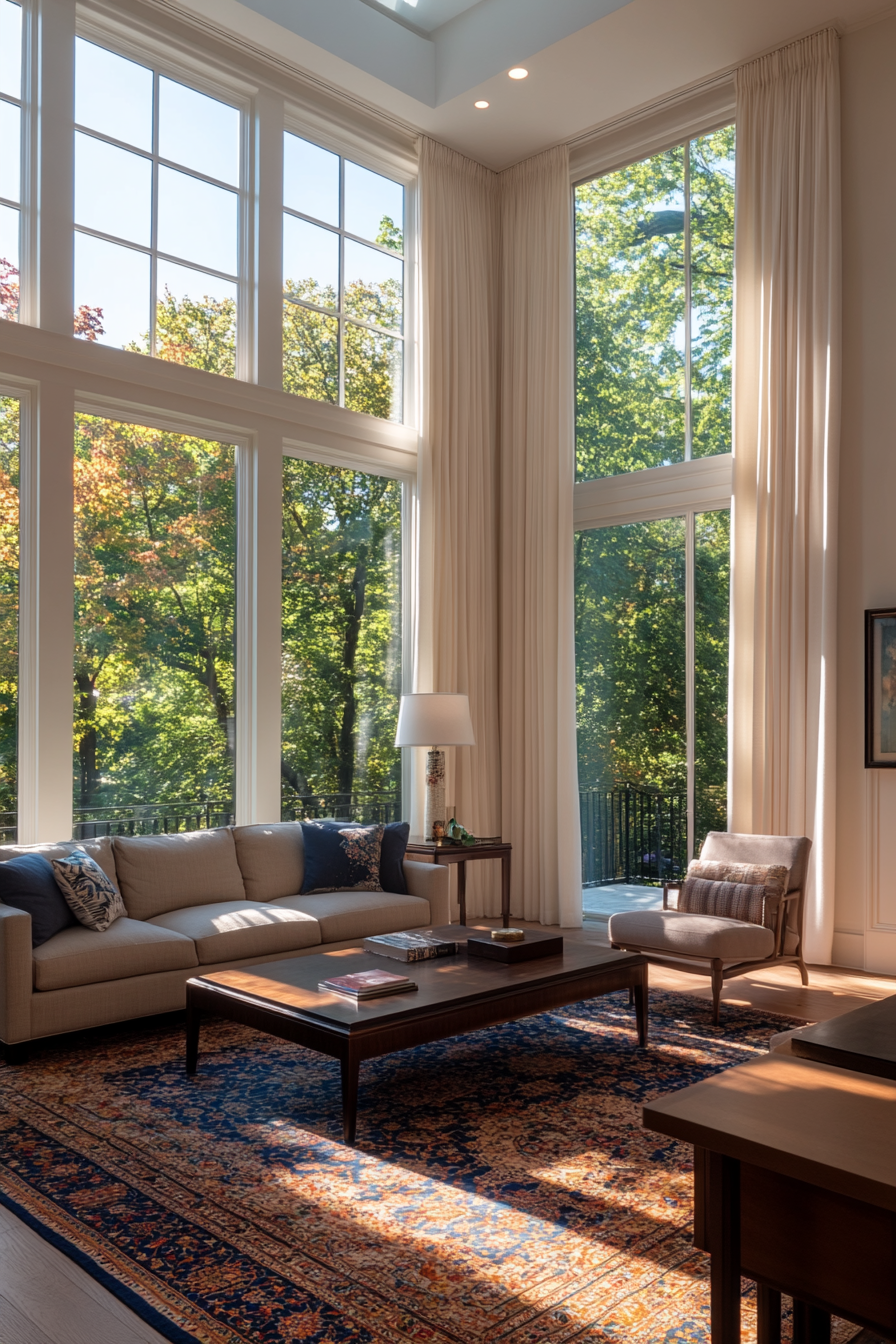
As our lifestyles become more dynamic, the need for multifunctional spaces in our homes is growing. Design spaces that can serve multiple purposes, such as: E.g. a guest room that doubles as a home office, or a living room with a reading area. This approach maximizes the usability of your home and adapts to changing needs.
Incorporate furniture that can be easily converted or serves a dual purpose. A sofa bed, a fold-out desk or a dining table with pull-out tops are good examples. Consider integrated storage solutions to keep these spaces organized and clutter-free.
Flexibility is key when designing multifunctional spaces. Use movable partitions or privacy screens to create temporary separations if necessary. Choose neutral, versatile decor that works for different functions and ensure adequate lighting and comfort for all of the room’s intended uses.
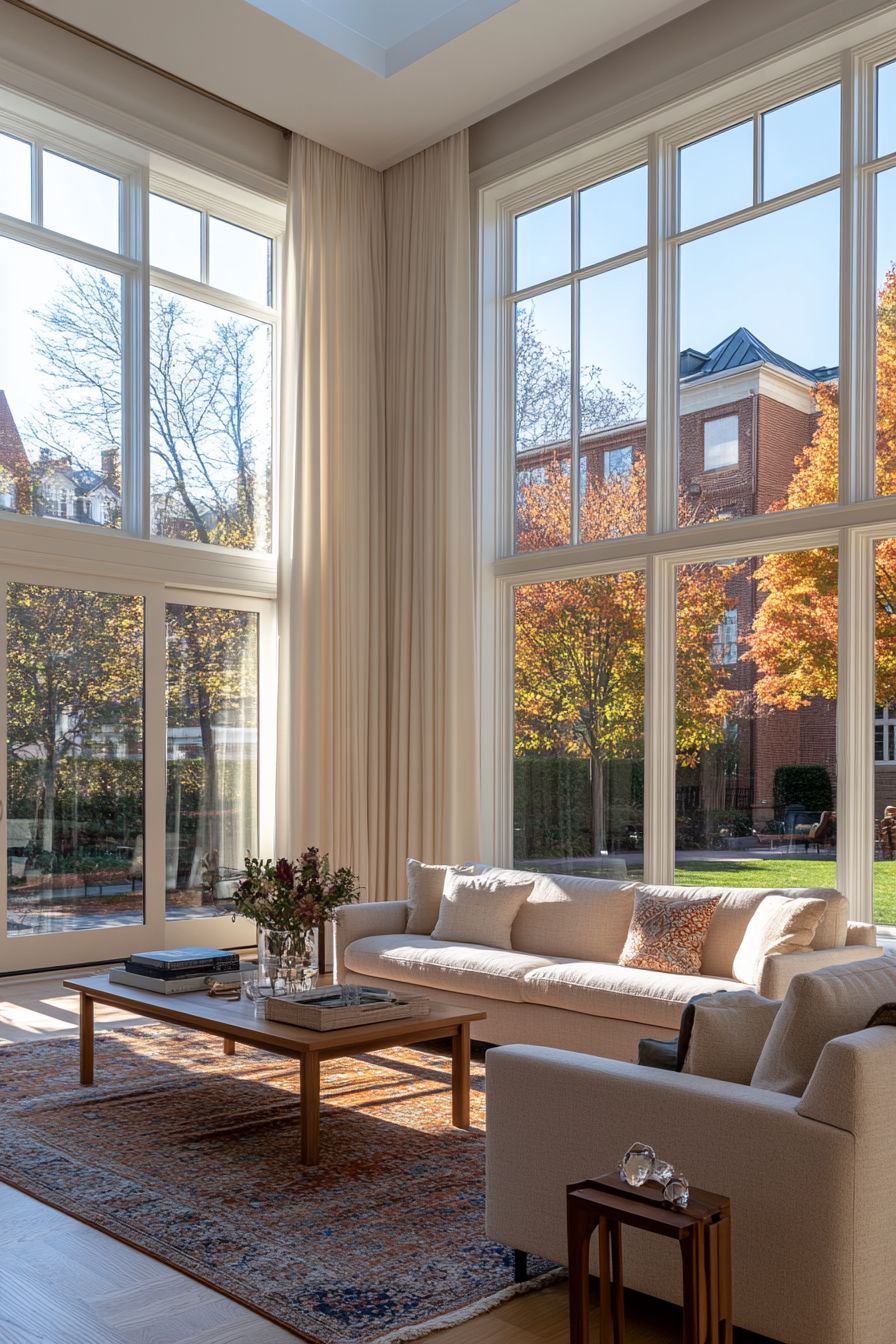
7. Incorporate smart home technology
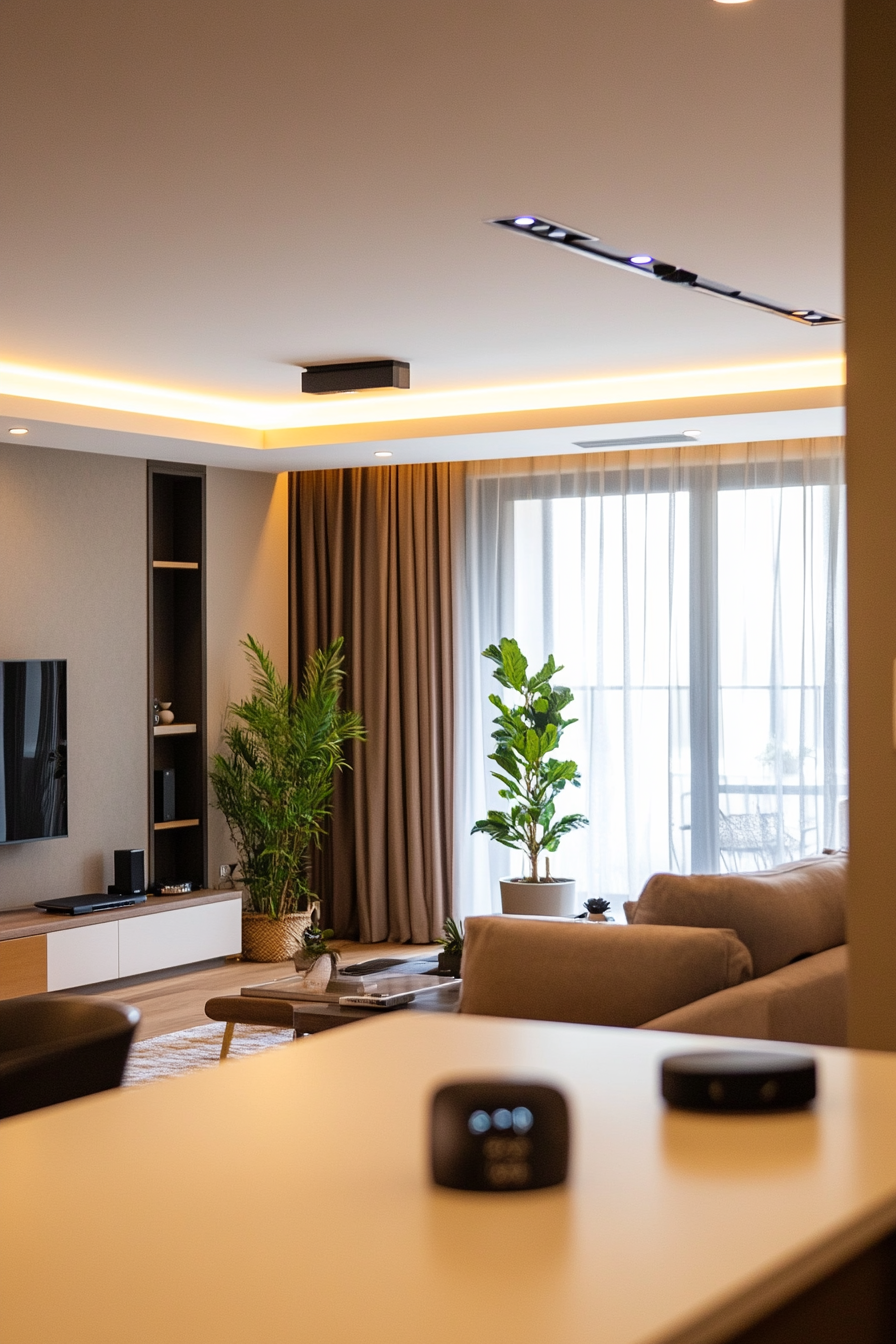
Smart home technology is revolutionizing the way we interact with our living spaces. Integrating devices such as smart thermostats, lighting and security systems can improve the comfort, efficiency and security of your home. These technologies can be seamlessly integrated into your interior for a modern, streamlined look.
Start with a smart home hub that can control various devices from a central point. Voice-activated assistants, smart plugs, and automated lighting systems are excellent additions that simplify daily tasks. Make sure these devices fit into your decor by choosing a sleek design and discreet placement.
Consider the connectivity and compatibility of your smart devices to create a cohesive system. Update and maintain your technology regularly to keep it running smoothly. With the right integration, smart home technology can improve both the functionality and aesthetics of your home.
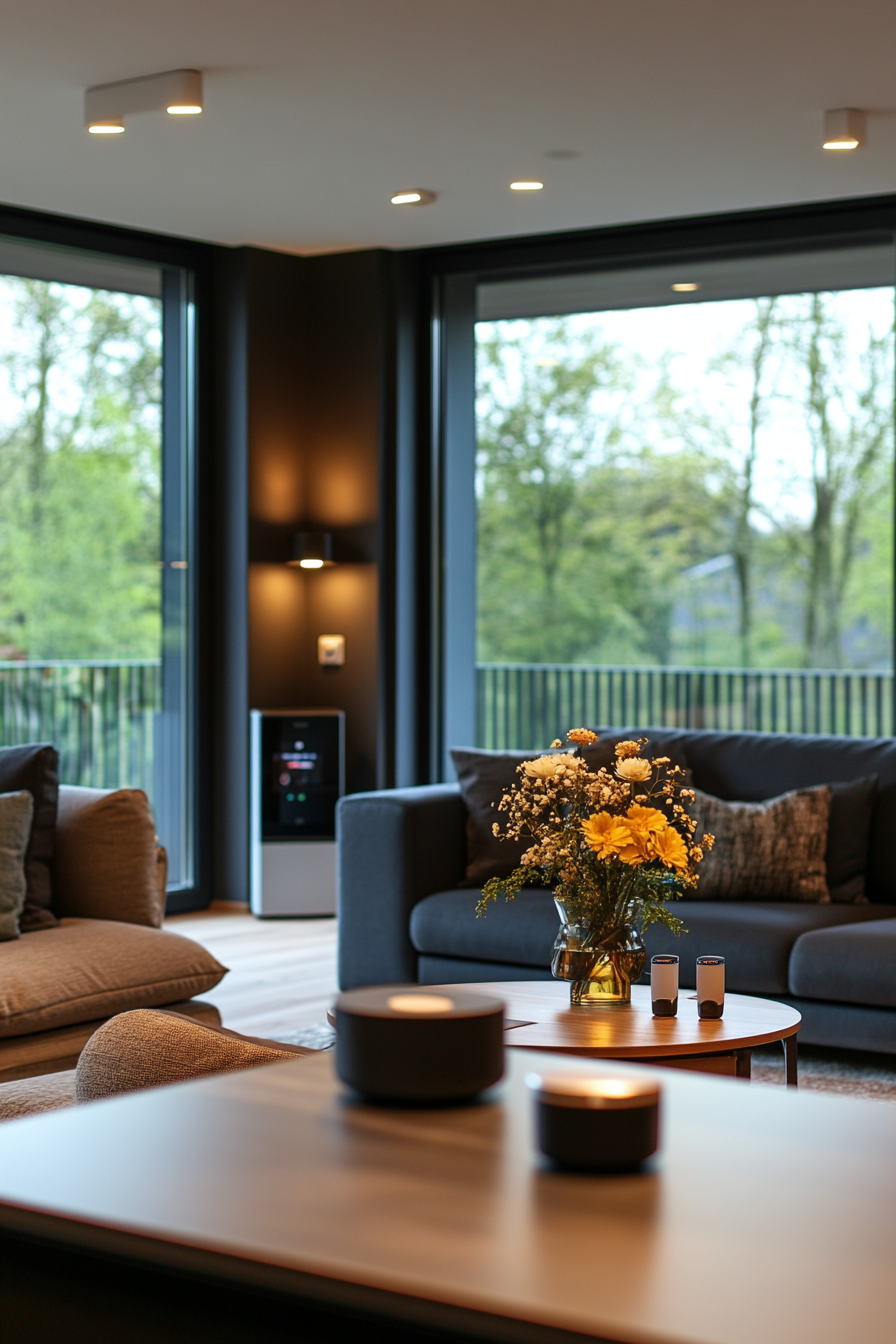
8. Opt for minimalist design
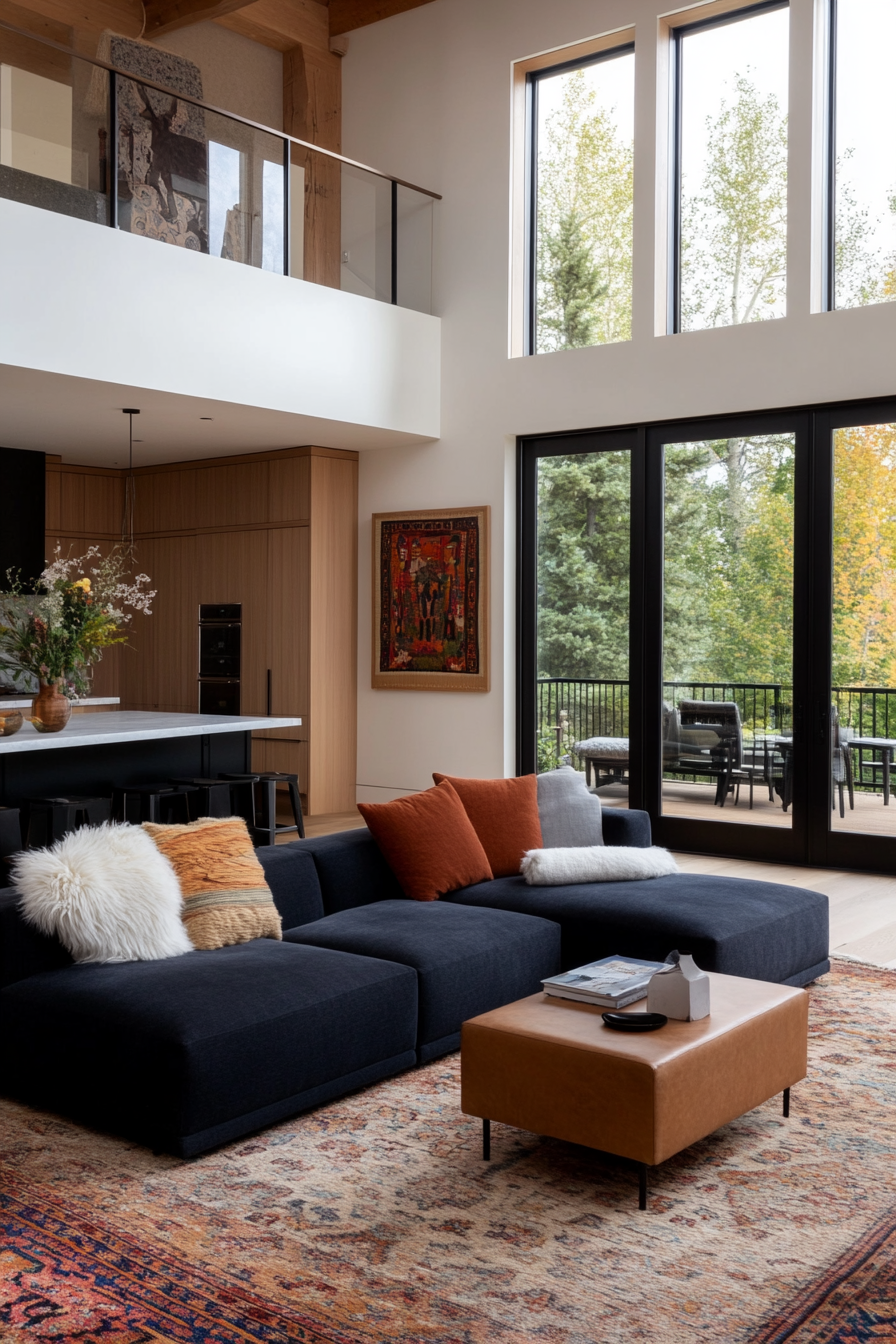
Minimalist design emphasizes simplicity, clean lines and a tidy environment. This trend focuses on quality over quantity, selecting a few well-made pieces that serve a purpose and contribute to the overall aesthetic. It’s about creating a calm, uncluttered space that promotes relaxation and mindfulness.
Start by decluttering your home and getting rid of items that no longer serve a purpose or bring joy. Choose furniture with clean lines and simple shapes and avoid overly ornate details. Neutral color palettes with occasional accents create a calm and harmonious atmosphere.
Incorporate hidden storage solutions to keep surfaces clear and maintain the minimalist look. Use decor sparingly and select just a few statement pieces that complement the overall design. Emphasize natural light and open spaces to enhance the feeling of calm and openness.
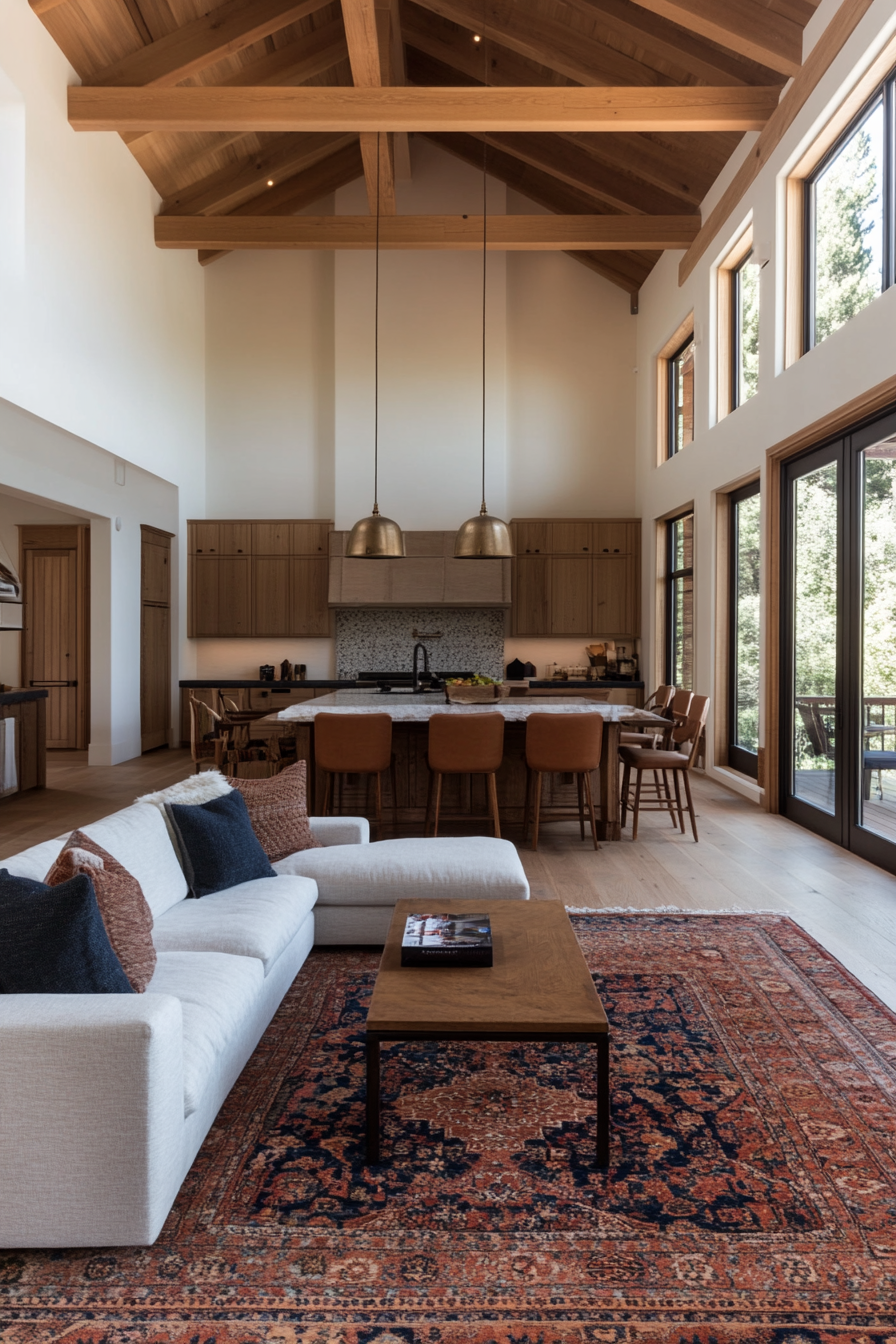
9. Emphasize texture and layers
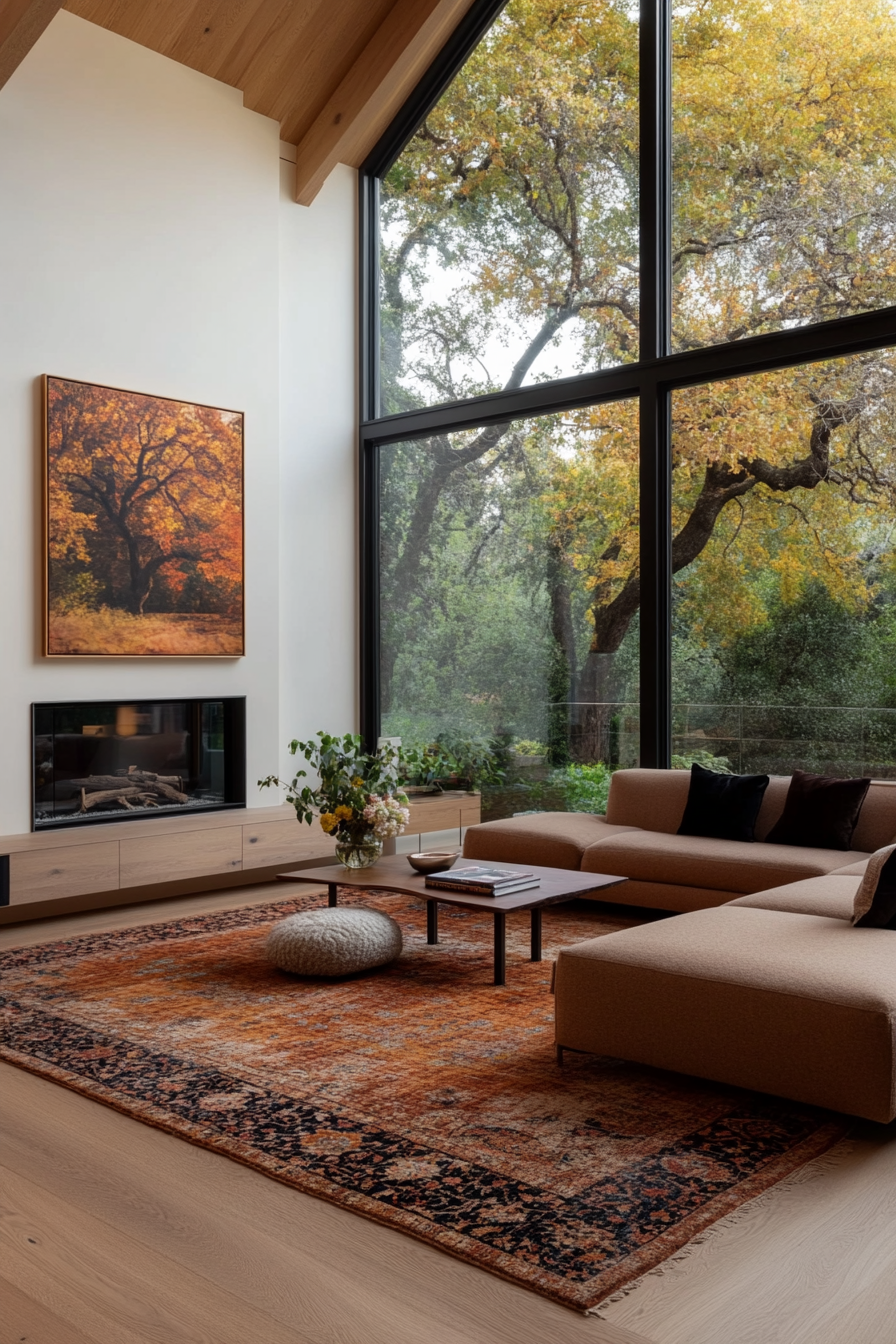
Adding texture and layers to your decor creates depth and visual interest and makes your home feel more inviting and cozy. This trend mixes different materials and surfaces such as wood, metal, textiles and ceramics to create a rich, tactile experience.
Start by layering rugs, throws, and pillows in different textures to provide warmth and comfort. Combine different fabrics such as linen, wool and velvet to create contrast. Use textured wall coverings like shiplap, beadboard, or wallpaper to add dimension to your space.
Incorporate natural materials such as stone, wood and plants to enhance the tactile experience. Combine finishes such as matte and glossy finishes to create visual interest. Balance the textures with a cohesive color palette to ensure the space feels harmonious and well-designed.
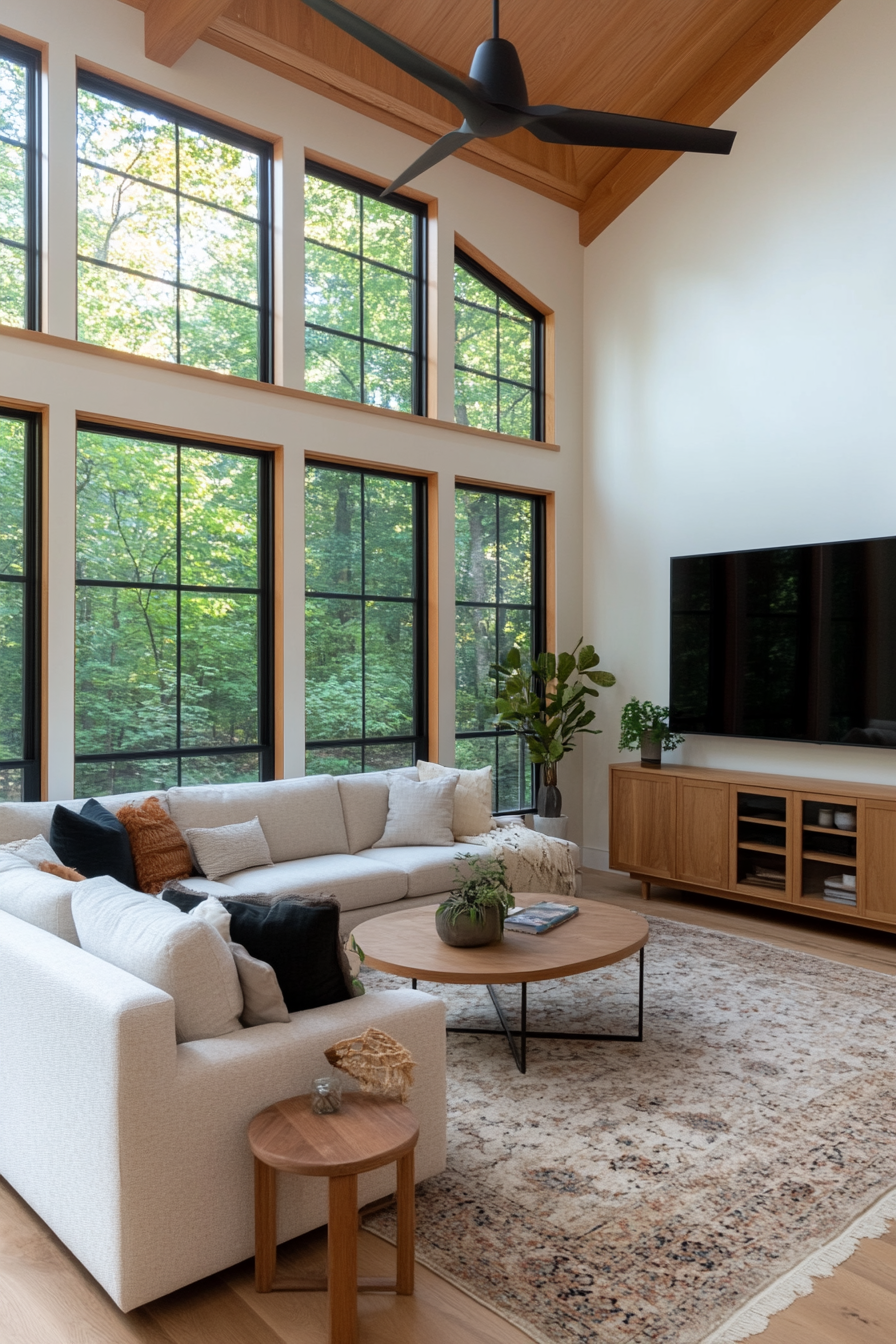
10. Personalize with art and collectibles

Personalizing your home with art and collectibles adds character and reflects your personality and interests. This trend allows you to showcase unique pieces that tell a story and create a meaningful connection to your space.
Choose artwork and collectibles that speak to you, be it a painting, a sculpture, or a collection of travel souvenirs. Arrange these elements carefully, considering scale, color, and placement to create a cohesive presentation. Use gallery walls, shelves or special display cases to highlight your favorite pieces.
Incorporate a mix of different art forms and styles to add variety and interest. Rotate your collection regularly to keep the presentation fresh and appealing. Personalizing your decor with art and collectibles will make your home truly unique and tell a story that is uniquely yours.
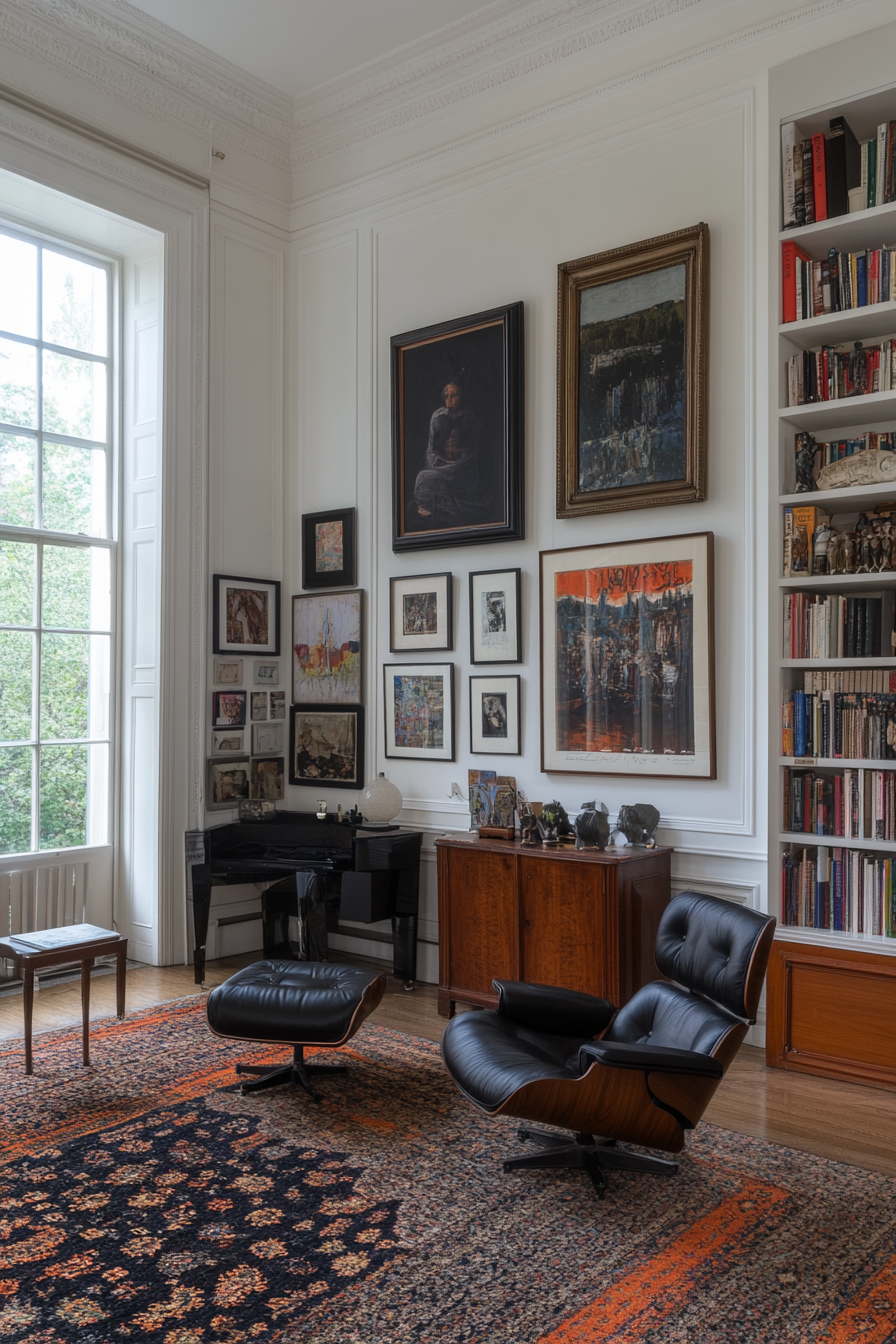
11. Invest in quality furniture
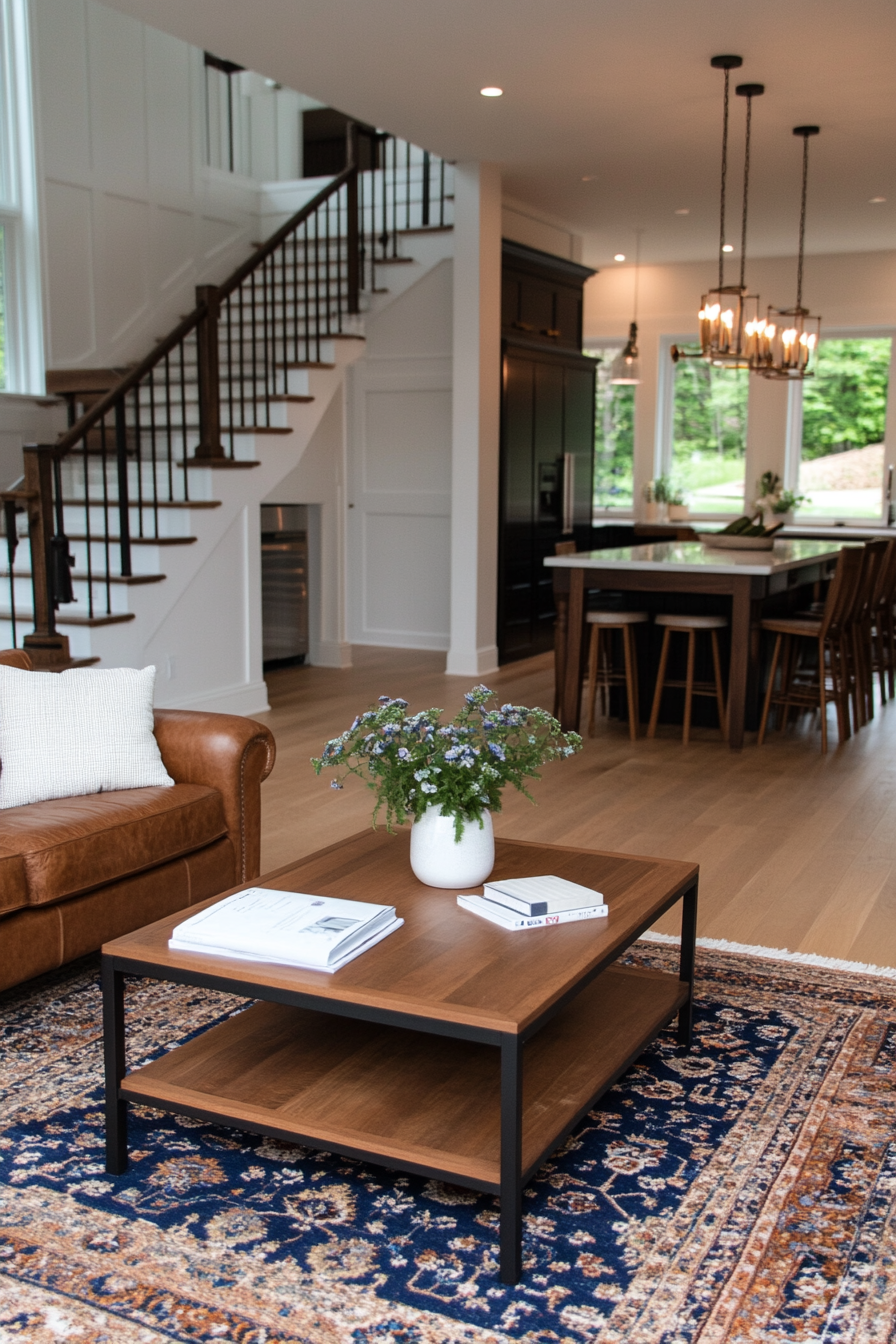
Quality furniture is an investment that pays off with durability, comfort and timeless style. This trend focuses on choosing well-made pieces that are designed to last, rather than following fleeting fads.
Look for furniture made from high-quality materials such as solid wood, metal, and leather. Pay attention to construction details such as joinery, seams and finishes to ensure the piece is suitable for everyday use. Investing in classic designs that won’t go out of style will ensure your furniture stays relevant for years to come.
When choosing furniture, focus on comfort and functionality. Choose pieces that fit your lifestyle and offer practical benefits, such as ample storage or modular configurations. High-quality furniture enhances the aesthetics of your home while providing long-term value and enjoyment.
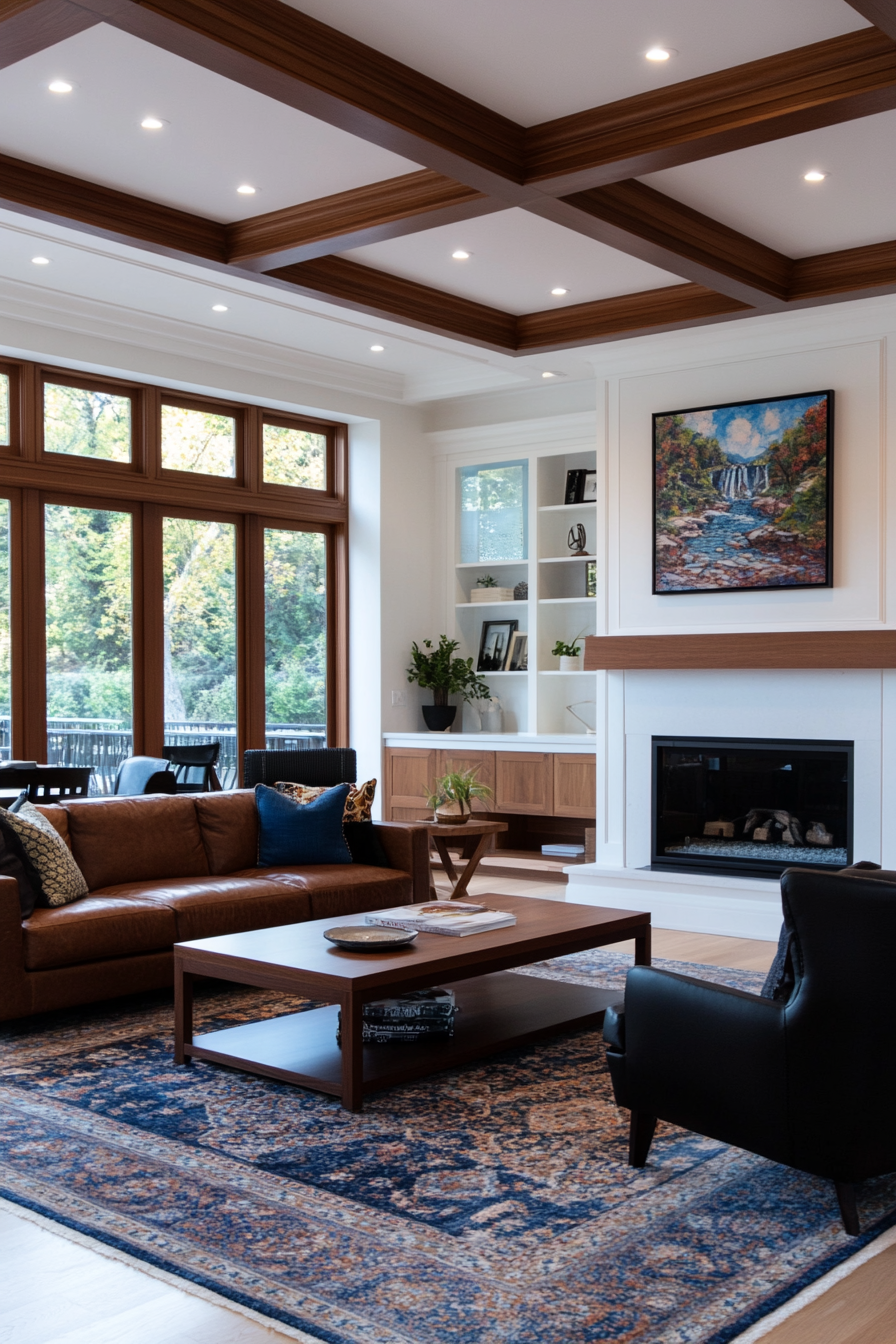
12. Use statement lighting
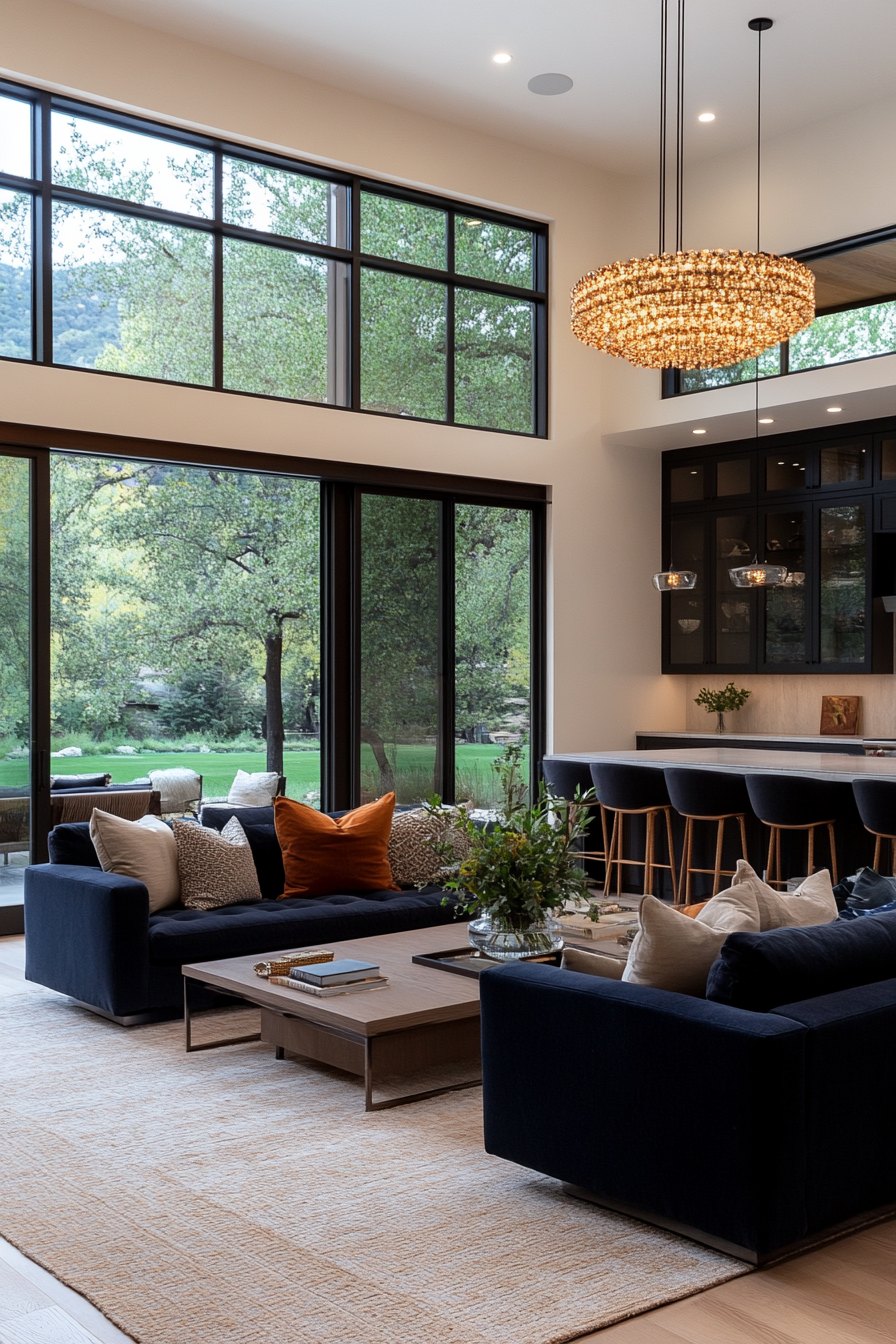
Statement lighting is a trend that adds drama and visual impact to your home. Unique, eye-catching lights can serve as eye-catchers and enhance the overall design and atmosphere of a room.
Choose lighting fixtures that complement your decor and create a cohesive look. Consider chandeliers, pendant lights or sculptural lamps that add character and style. Pay attention to scale and proportions to ensure the light fits well in the room.
Layer your lighting to create a versatile and dynamic environment. Combine ambient, task and accent lighting to suit different needs and moods. Dimmers and intelligent lighting controls can further improve the functionality and flexibility of your lighting concept.
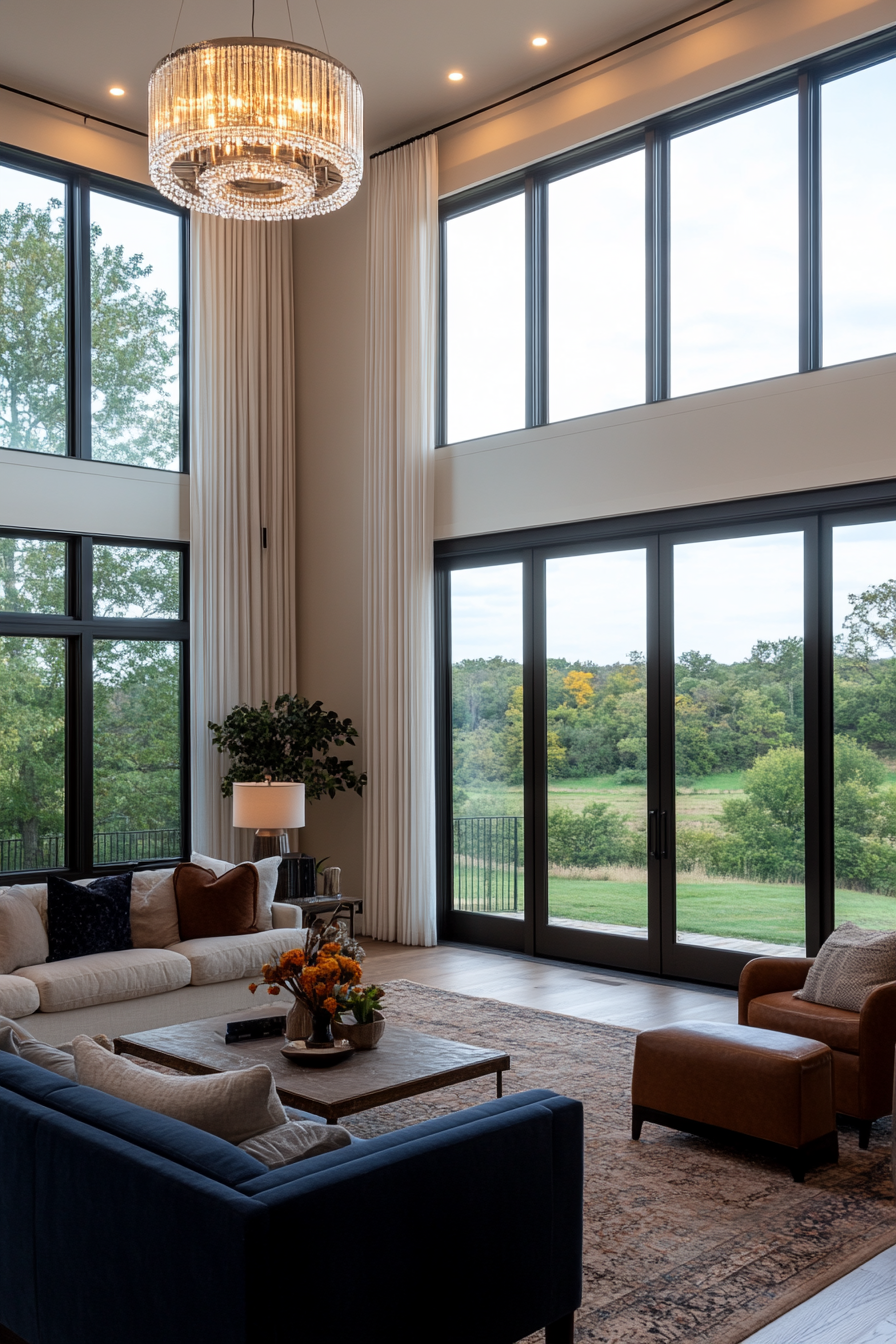
13. Create a cozy outdoor space
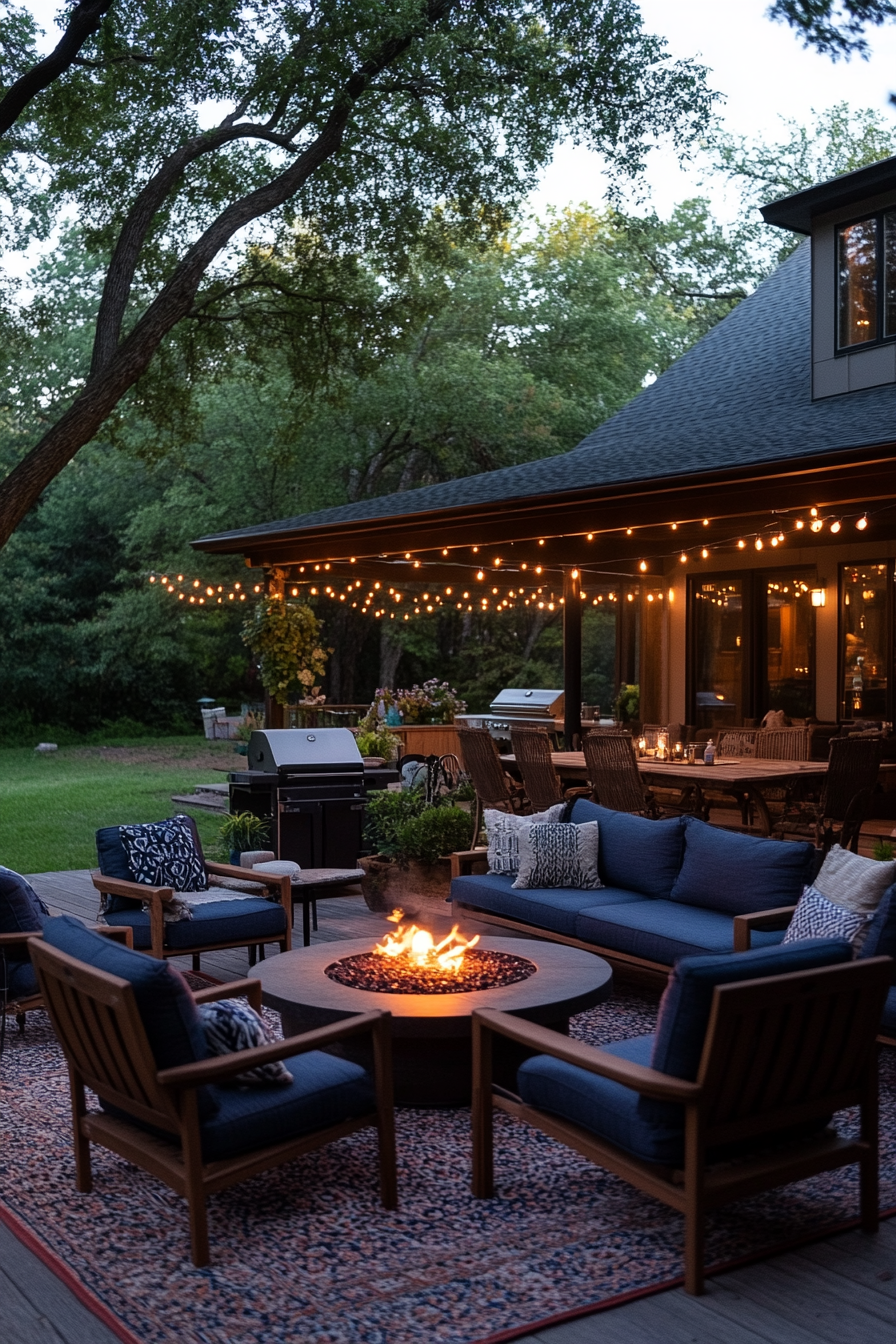
Extending your living space outside is a trend that increases the functionality and comfort of your home. Creating a cozy outdoor space allows you to relax, entertain, and connect with nature comfortably.
First, choose comfortable, weatherproof furniture that invites you to linger. Add outdoor pillows, throws, and rugs to create a warm, inviting atmosphere. Consider features like fire pits, outdoor heaters, or pergolas to extend the usability of the space year-round.
Incorporate plants, lighting and decorative elements to enhance the ambiance. Use string lights, lanterns or solar-powered lights to create a magical, intimate atmosphere in the evening. Personalize the space with your favorite outdoor decorations and make it a true extension of your home.
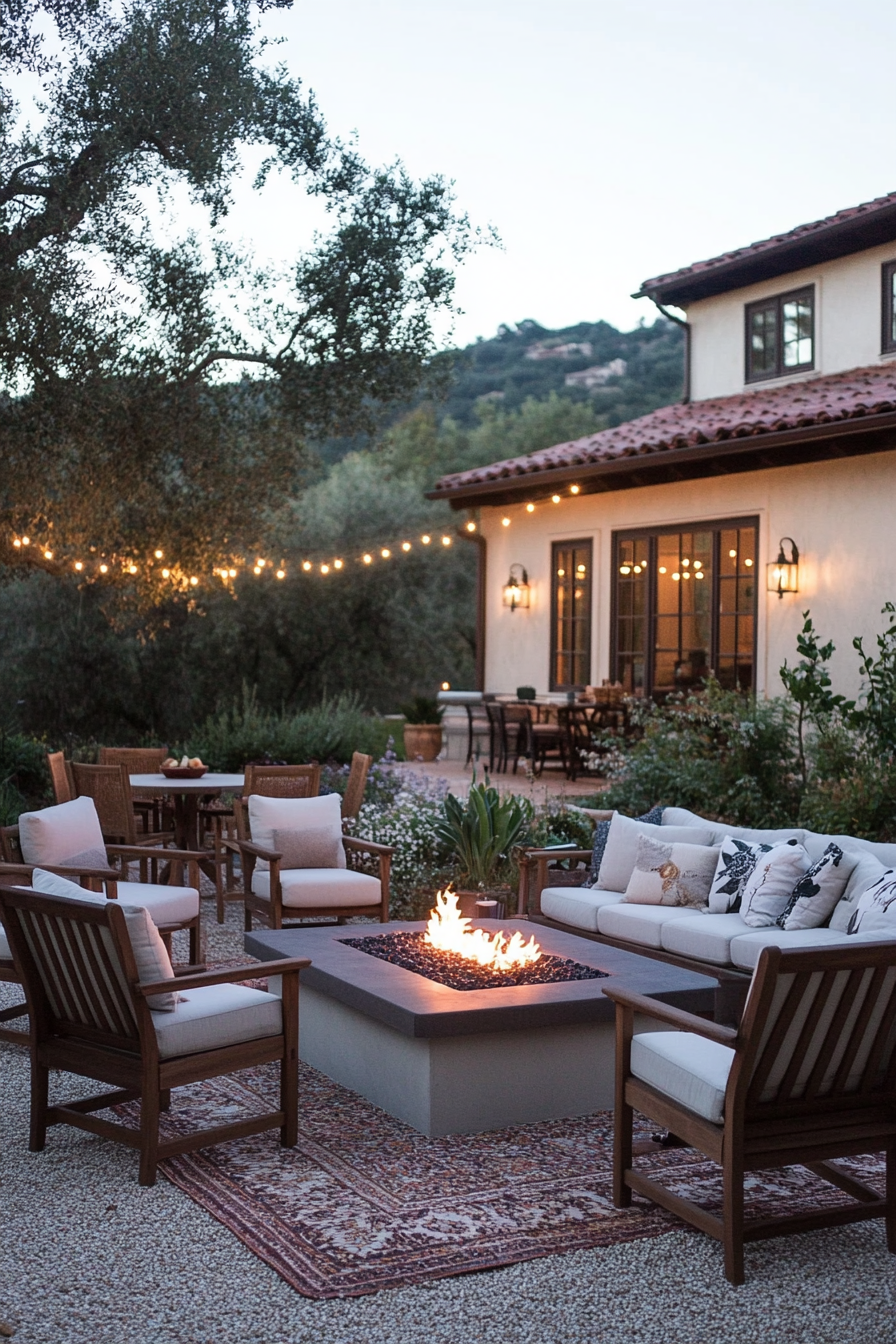
14. Improve curb appeal
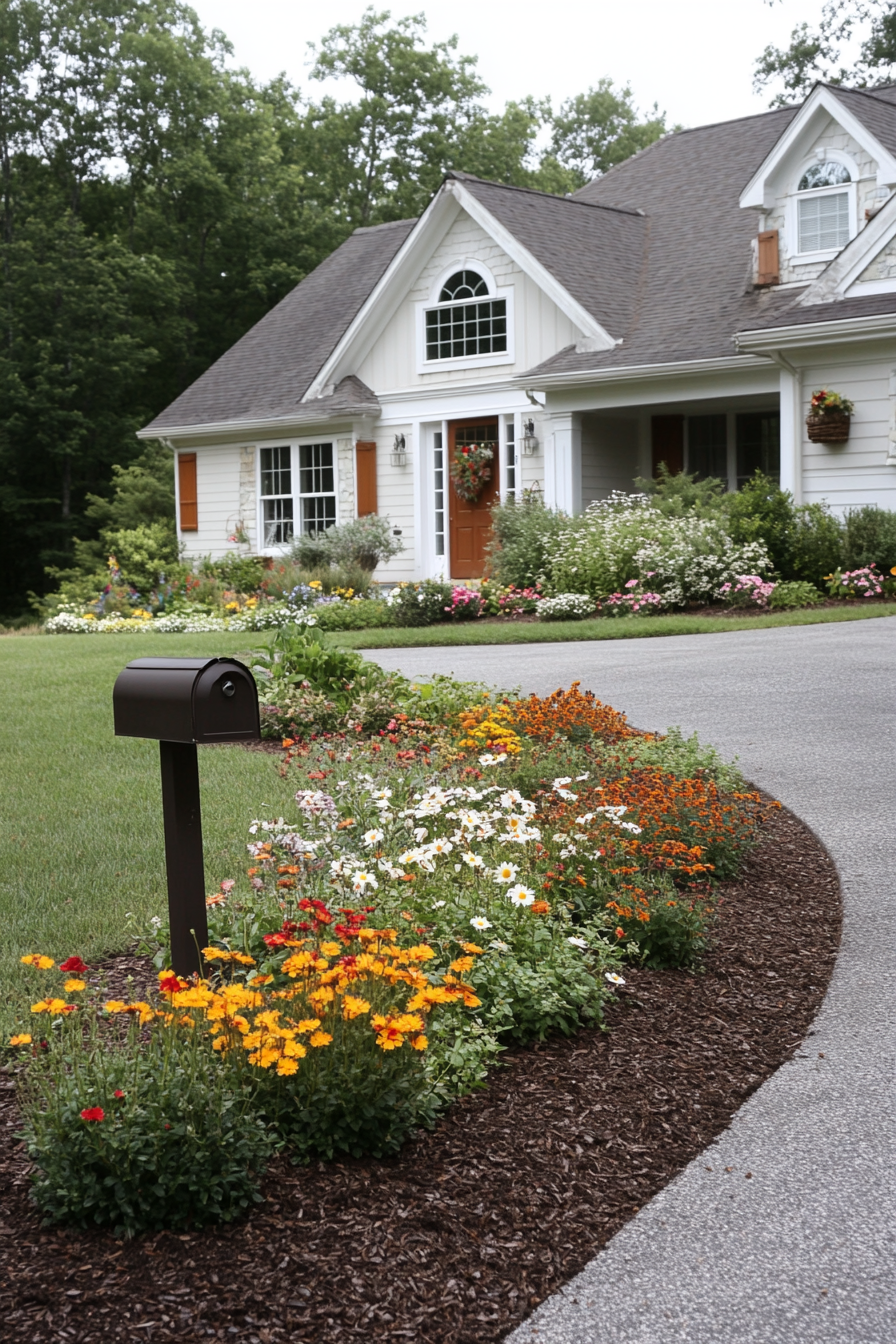
Upgrading your home’s curb appeal is a trend that increases both its aesthetics and value. An inviting exterior sets the tone for the rest of your home and leaves a lasting first impression.
Start by maintaining a well-maintained lawn and garden. Regularly trim bushes, mow the lawn, and plant flowers or shrubs to add color and interest. Consider adding items like a new mailbox, house numbers, or a fresh coat of paint to your front door for an instant refresh.
Improve outdoor lighting to improve visibility and safety. Path lights, porch lights, and landscape lighting can highlight your home’s architectural features and create an inviting atmosphere. Add decorative touches like a stylish doormat, patio furniture or seasonal decor to complete the look.
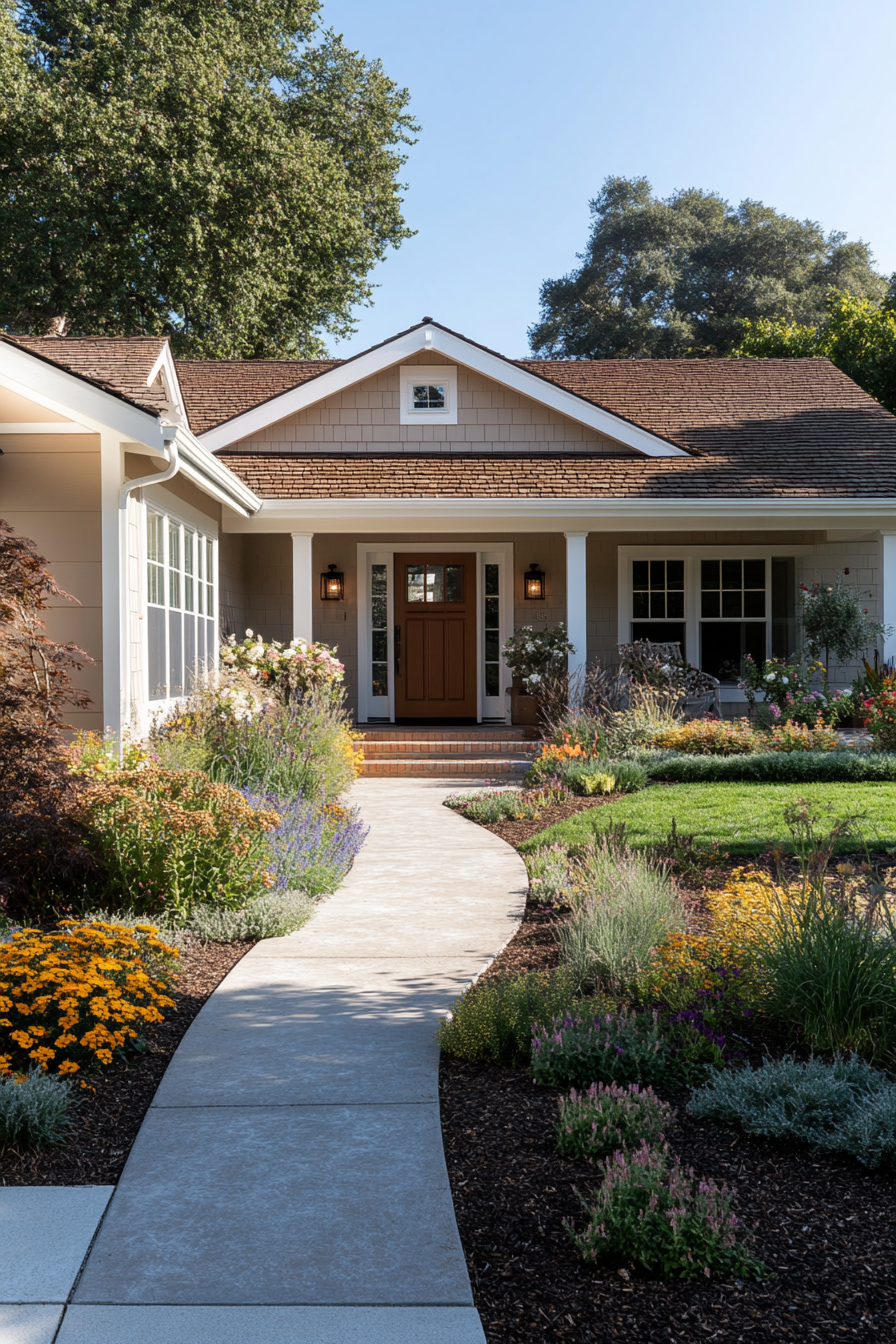
15. Prioritize comfort and well-being
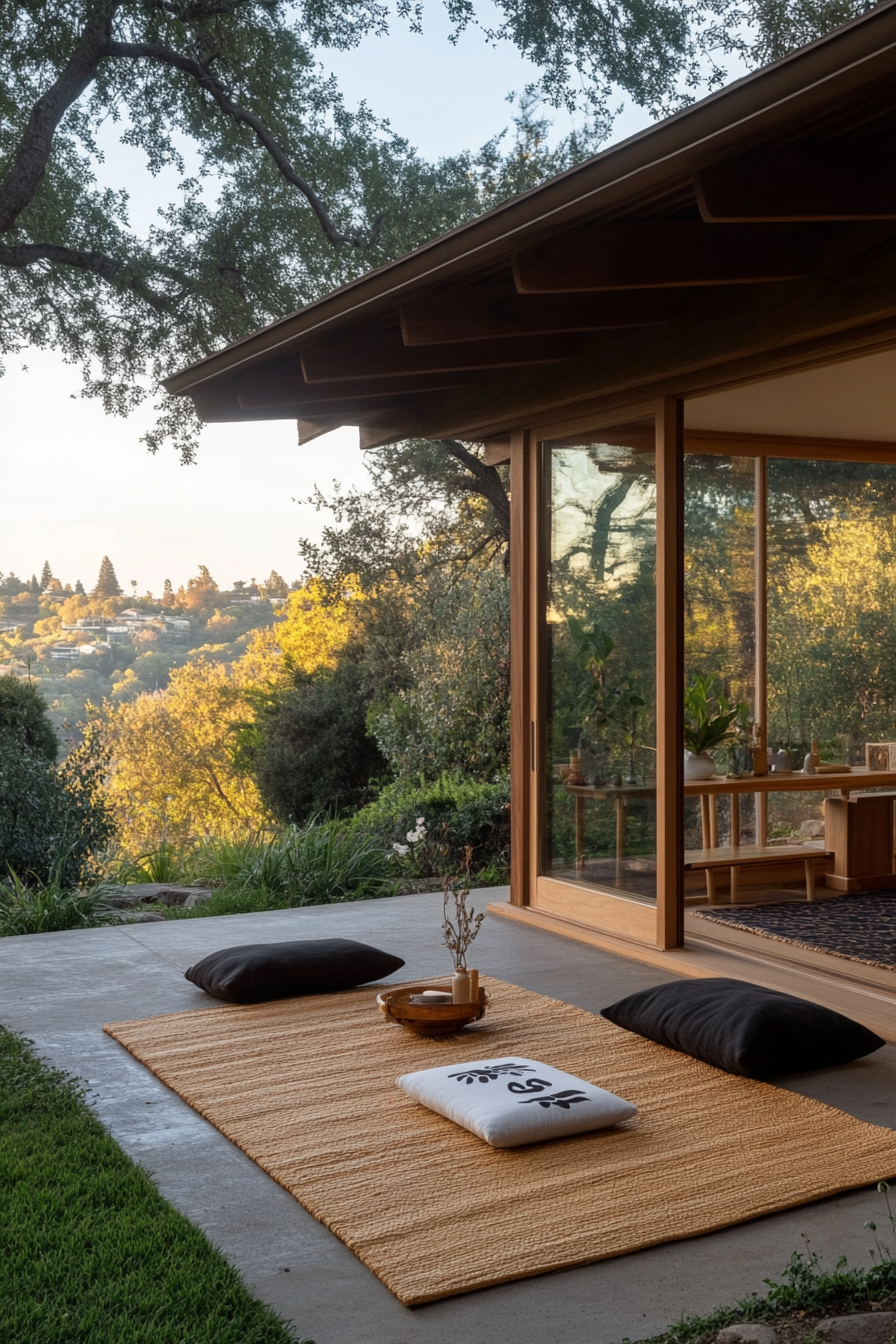
Creating a home that prioritizes comfort and well-being is a trend focused on improving your overall quality of life. The aim is to design spaces that promote relaxation, health and well-being.
Start by choosing comfortable furniture that supports good posture and relaxation. Invest in high-quality mattresses and bedding for a restful night’s sleep. Create designated areas for activities that enhance your well-being, e.g. B. a meditation corner, a home gym or a spa-like bathroom.
Incorporate elements that improve indoor air quality, such as: B. Air purifiers, houseplants and proper ventilation. Use calming colors and natural materials to create a calm environment. Personalize your space with items that bring you joy and comfort and make your home a true sanctuary.
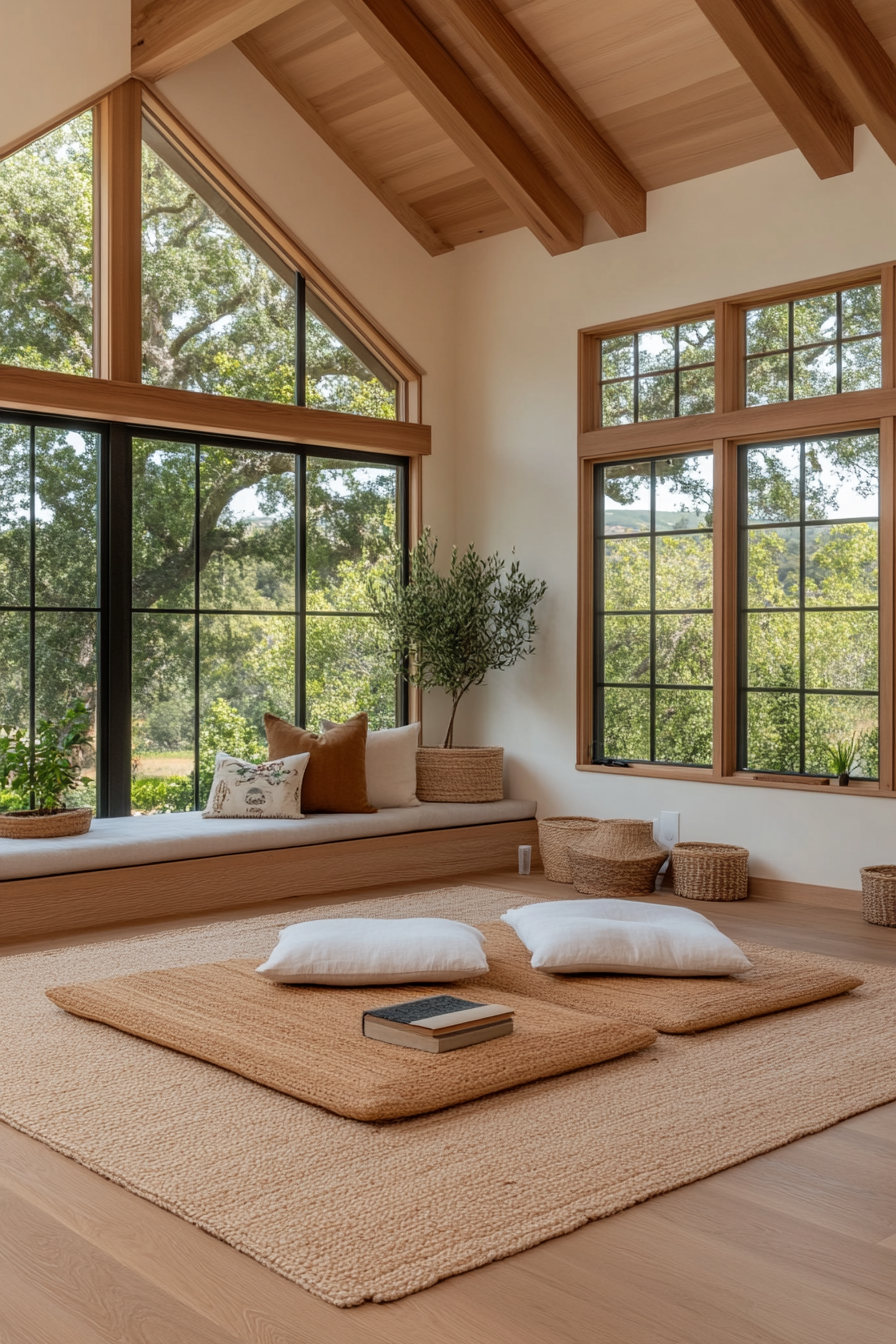
Are you looking to update and revamp your home? Whether you’re planning a full-scale renovation or simply want to spruce up a few rooms, staying on top of the latest trends and styles can help you create a space that is both trendy and timeless. From modern minimalism to cozy farmhouse chic, there are plenty of exciting design options to choose from. In this article, we’ll explore some of the hottest trends in home remodeling to help you transform your space into the home of your dreams.
Modern Minimalism
Minimalism is a design trend that has been gaining popularity in recent years. Characterized by clean lines, neutral colors, and clutter-free spaces, modern minimalism offers a sleek and sophisticated look that is both stylish and practical. To incorporate this trend into your home, consider using a neutral color palette, investing in multifunctional furniture, and decluttering your space to create a sense of calm and tranquility.
Key Features of Modern Minimalism:
- Neutral color palette
- Clean lines and geometric shapes
- Functional and minimalist furniture
- Decluttered and organized spaces
By embracing modern minimalism, you can create a space that feels open, airy, and uncluttered, allowing you to focus on the essentials and enjoy a sense of simplicity and calm in your home.
Cozy Farmhouse Chic
If you prefer a more cozy and rustic aesthetic, farmhouse chic might be the perfect style for you. Inspired by the charm of country living, farmhouse chic embraces natural materials, distressed finishes, and vintage elements to create a warm and inviting space that feels like home. To achieve this look, consider incorporating reclaimed wood, distressed furniture, and vintage accessories into your decor.
Key Features of Farmhouse Chic:
- Reclaimed wood and natural materials
- Distressed finishes and vintage accents
- Warm and inviting color palette
- Cozy textiles and rustic decor
By embracing farmhouse chic, you can create a space that feels cozy, charming, and full of character, allowing you to infuse your home with a sense of warmth and nostalgia.
Benefits and Practical Tips
When it comes to home remodeling, staying on top of the latest trends and styles can help you create a space that is both beautiful and functional. By incorporating modern minimalism or farmhouse chic into your home, you can transform your space into a stylish and inviting environment that reflects your personal style. Here are some practical tips to help you achieve your desired look:
Practical Tips for Home Remodeling:
- Start by decluttering and organizing your space to create a clean and minimalist foundation
- Choose a color palette that reflects the style you want to achieve, whether it’s neutral and modern or warm and rustic
- Select furniture and decor that complements your chosen style, such as sleek and minimalist pieces or cozy and rustic accents
- Don’t be afraid to mix and match styles to create a unique and personalized look that reflects your personality and taste
Case Studies
To give you some inspiration for your home remodeling project, here are a couple of case studies showcasing how homeowners have successfully transformed their spaces:
Case Study 1: Modern Minimalism
| Homeowners | Location | Style |
|---|---|---|
| Amy and John Smith | Los Angeles, CA | Modern Minimalism |
Amy and John Smith wanted to create a sleek and contemporary space that felt open and airy. By incorporating modern minimalism into their home, they were able to achieve a stylish and clutter-free look that reflected their minimalist lifestyle.
Case Study 2: Farmhouse Chic
| Homeowners | Location | Style |
|---|---|---|
| Sarah and David Johnson | Nashville, TN | Farmhouse Chic |
Sarah and David Johnson wanted to create a warm and cozy space that felt like a retreat. By incorporating farmhouse chic into their home, they were able to achieve a charming and inviting look that reflected their love of vintage and rustic decor.
Conclusion
When it comes to home remodeling, the possibilities are endless. By staying on top of the latest trends and styles, you can transform your space into a beautiful and functional environment that reflects your personality and taste. Whether you prefer modern minimalism or farmhouse chic, there are plenty of exciting design options to choose from. So why wait? Start planning your home remodeling project today and create the home of your dreams!
